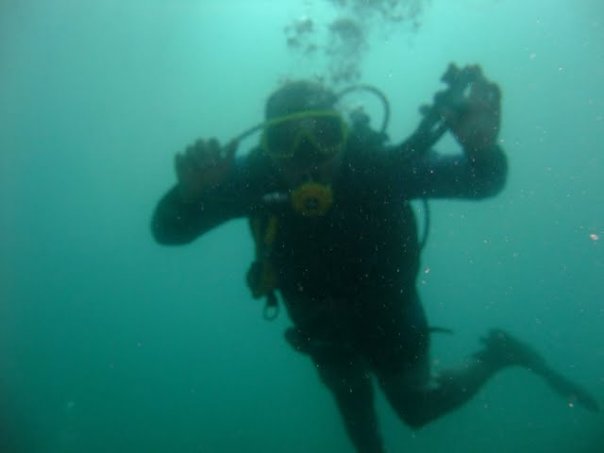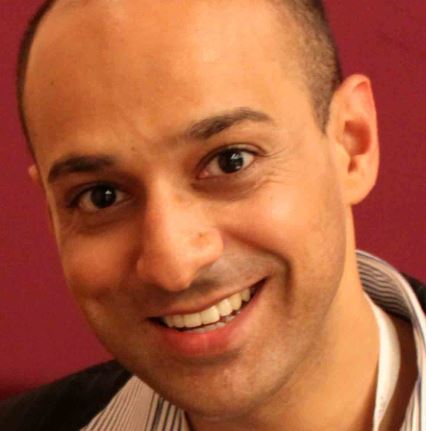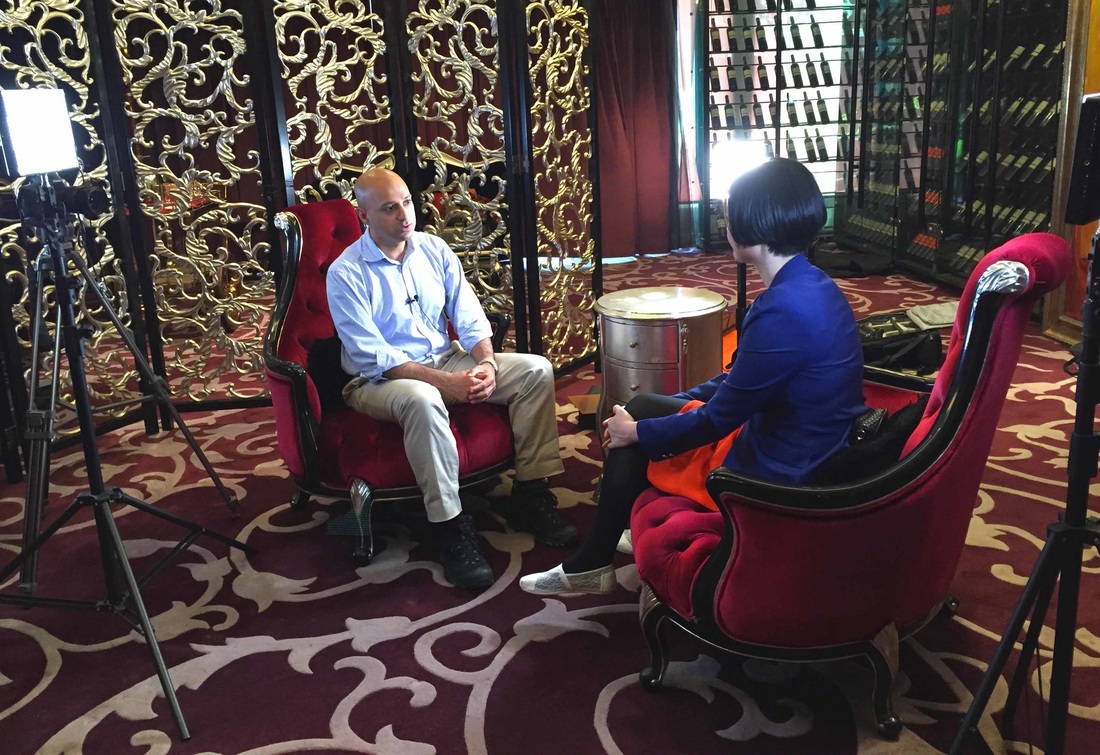|
Oberteuringen, March 14, 2024 - IHSE, the leading manufacturer of high-end KVM solutions for the extension and switching of computer signals, announces that it has equipped a high-altitude Chinese airport with a fully redundant KVM solution for fail-safe air traffic control. Over the past few years, IHSE KVM solutions have become an important and crucial element in air traffic control systems in major airports around the world. IHSE systems enable controllers in the visual control room to interact with all tower system equipment located in ground-level equipment room. Air traffic controllers can interact with all essential systems from their personal workstations, switch between them and react instantly to all eventualities. For these security-critical applications, IHSE KVM systems offer increased protection against cyber attacks and a comprehensive redundancy concept for fail-safe 24/7 operation. IHSE KVM systems are deployed by several government aviation authorities and in many major global airports, including Frankfurt, Paris and King Abd al-Aziz Airport in Saudi Arabia. Air traffic management at an altitude of 3,500mAn IHSE system was recently installed in China at one of the highest airports in the world at an altitude of over 3,500 meters - the airport is unnamed. The extraordinary location presented the system planners with special challenges and posed complex requirements on equipment and systems that are not generally encountered in lower-level airports. The combination of low air pressure, difficult terrain and geomorphological features, high winds, low cloud and extreme diurnal temperature differences calls for a particularly robust and resilient system. These are in addition to the normal requirements for the highest levels of security and reliability that are essential in air traffic management systems.
The fully redundant KVM system deployed here comprises two Draco tera flex KVM matrix switches with automatic switchover to a hot standby unit in the unlikely event of a failure of the primary switch. For further protection, the installation includes redundant power supplies and redundant fiber optic connections. The IHSE solution creates optimum working conditions for air traffic controllers, who can switch all information sources to the screens directly from their multi-monitor workstations and immediately access all tower systems to ensure safe flight operations. From March 19-21, 2024, IHSE will present its flexible and highly secure KVM solutions for towers, apron control, simulation rooms, baggage handling and passenger information systems at Airspace World 2024 in Geneva.
0 Comments
Jiuzhaiguo Airport...at 3,500M above sea level, it is the 3rd highest in China and with straight cliffs at each side of the runway ends. No night-time landings/take-offs. The airport is built on three mountains...and is relatively new (2008 if I'm correct). It's amazing how China sliced off the top of three mountains to make an airport...would never happen in the West (well..it would take years /decades to get planning permission!). How do you end up missing three flights on one evening? Can it really happen? The simple answer to that is, yes it can, and it happened to me. So, if you suffer a similar unfortunate issue, you have my upmost support and sympathy.
In May this year, I was supposed to fly on Air India’s brand new Dreamliner Boeing 787 aircraft to promote their Business Class (and the aircraft itself). The flight was booked to go from Shanghai Pudong International Airport to New Delhi IGI Airport. From Delhi, I had a connecting flight to London with Oman Air (via a short stopover in Muscat). This was my first time to try out Air India, and the airline had specifically invited me. Since I have a British passport (Sadly, I am not Indian), so therefore I was to the understanding that I had to get a visa if I was to even transit through New Delhi, even if I had a connecting flight with a different airline. Not only I double checked, but in fact I triple checked with the senior management and even went to the board level at the airline to make sure whether I did or did not require a visa. The senior management, namely Air India’s China Managing Director at that time (whom I am not going to name in this article), told me that as a British citizen, I did not require visa if I was just transiting via New Delhi - even if my onwards journey was with a different airline. Being the fact that she was the country Managing Director, I respected and trusted her words. In any case, I showed her the proof from the Indian Consulate General’s website, which at that time, clearly stated that British Citizens required a visa for India if they were transiting to catch another flight, even with a different airline. Effectively, I would have had to collect my luggage upon arrival at Delhi, leave the building and then check-in again for Oman Air. However, despite I showing her the request from the Indian Consulate General in Shanghai, the Air India Manager was adamant that I did not require a visa at all. Before the actual day of the flight, the Air India MD told me that the airline’s station manager would be at the check-in desk to personally greet me and take me through to the aircraft before boarding (this is normal security procedure for media every time I carry out an airline review). Come the day of the flight, as you can imagine that I was super excited. It was a Friday evening, and my scheduled flight was at 10pm. I got to the dedicated Air India check-in counter at Shanghai Pudong Airport around two hours before departure. The first thing I noticed was that all the check-in staff were local Chinese and were wearing Chinese Eastern Airlines uniforms. Where were the Air India staff? Well, to my surprise, Air India have no native Indian check-in staff at the airport because of financial cuts, they have outsourced their check-in and ground handling to China Eastern Airlines. The airline’s duty manager (who was Indian), was nowhere to be seen either. Apparently, he was on the ground next to the aircraft and his mobile was switched off, when he should have been at the check-in counter as that’s the job of the duty-manager. When I checked-in, I showed them my media documents, passport, flight ticket, and the necessary permission letters that I had got from the Air India management. The gentleman at the check-in counter initially gave me my boarding pass, but then he noticed that I had no transit visa for India, and therefore I was denied boarding. Both the check-in staff and I tried to get hold of the senior management at Air India, and the duty manager; however to my surprise and disappointment, nobody picked up the phone. After waiting for around a further 20 minutes, the check-in staff came back to me and told me something I did not want to hear: “The duty manager does not know who you are, and nobody briefed him that you will be on this flight. You need a transit visa for India, otherwise we cannot allow you on this flight” he said. “Where is the duty manager? I want to talk to him” I said in my response. The check-in staff member went on to say: “The duty manager is busy near the aircraft and he has checked all his emails, and documents, and he does not have any information about you or any other journalist to be on this flight. I’m sorry, sir, but I have no choice but to deny you boarding on this flight. Your baggage will be back with you shortly” The sad part of all of this episode was that there was nobody who could help me - not from Air India or from China Eastern Airlines. The check-in staff were helpless. The blame goes directly on serious incompetence and lack of effective communication from the airline’s senior management and board members. I have never experienced anything like it with any other airline - ever, and trust me, I have reviewed many airlines, and all the experiences have been positive. This was not a good first for sure. I have friends who are working as pilots and cabin crew for Air India, and they all do a great job. But the root cause of all the ills of any company come from the top to the bottom. The fact that the senior management of a national flag carrier of one of the largest democracies in the world can easily get away with this is a complete shambles. Surely an embarrassment as well. The fact that no one from the airline apologised is also a serious disappointed. It is just diabolical. I understand that such incidents can and do happen with other airlines. But when you are trying your best to help to improve and sell the brand image of an airline that is already suffering from financial problems and countless number of embarrassing incidents that have let the company down in the public limelight, it does no justice whatsoever for them to make mistakes like these. They simply cannot afford to do this. Does it let the image of the airline down? Yes, it does. Air India used to be one of the best airlines in the world when the Tata group owned in back in the 1960s/70s, and it was one of the first in the world to operate a jet aircraft. Those glory days are long gone. The airline’s brand mascot is a Maharajah, and their brand motto is “Your Palace in the Sky”. Well, I’m not sure whether it is still a palace in the sky or not because I’ve never tried their service, but they have definitely let the maharajah down. Either that or he’s cursed. At this point it must have been around an 8.50pm, about an hour after I initially arrived to check in. Exceedingly frustrated, hot, humid, dejected and somewhat panicked, I collected my baggage and thought of plan B. The only thoughts I had in mind were that I had to make it to London no matter what. The sad thing was that not only did I miss the Air India flight, but in the process, I also missed the connecting Oman Air flight from Delhi to London. It was nearly 9pm by now. My only hope was to purchase another flight. But, to make matters worse, most of the airline ticketing desks were closed, my laptop was operating on only around 2% battery (and the charger was in the baggage somewhere, which I didn’t have time to find), my mobile phone’s battery was low, too, and there was VPN available (Google, YouTube, Gmail, Hotmail are all blocked in China and so you need a VPN). My only hope left was to run to the Business Centre (which closed at 9.30pm) and pray that I could catch one of the last remaining flights of the night to London - Aeroflot, Air France, Lufthansa, Emirates, Qatar, Etihad, Turkish all had flights going to London via their respective hubs. The Air India desks were at aisle G, and the Business Centre was at A, and being the large airport it is, Pudong Airport’s Terminal 2 departures all is HUGE to say the least…you can imagine a helpless chap with three pieces of baggage, laptop and cameras, running –sweat pouring all over – at breakneck speed from one part of the terminal to the other! While making full use of the exceeding slow internet at the Business Centre, I used my Barclaycard Visa to purchase a one-way economy class ticket with an Etihad Airways flight the same evening for US$750. By the time I bought the ticket, it was 9.20pm and the Etihad flight check-in closed an hour before the flight at 10.30pm. Great! I would get home on time and enjoy a nice bubbly on the plane after all what I went through! What a relief…so I had thought! When I checked-in to the Etihad Airways flight, to my shock the staff there could not find my ticket reference number. I was gobsmacked. Even with my passport and date of birth they could not locate any information on their computers. Even worse was that I couldn’t access the Gmail address which I gave when I booked the ticket (as pointed earlier that Gmail is blocked in China and I had no VPN either). In the heat of the moment, I forgot to take a note of the reference number. Therefore, I was denied boarding on the Etihad Airways flight, too. Utterly dejected, angry, dazed and just exhausted, I literally begged the Etihad Airways staff to look for the flight ticket reference, but at no avail. For the next ten minutes, I just sat on the floor on the airport terminal, and pondered over plan C and tried to keep positive. The only option left now was to book into a hotel and book another flight early the following morning, as well as apply for the refunds from Oman Air and Etihad Airways. I had no choice but to spend more money and stay the night at the Shanghai Airport Hotel (located between Terminals 1 and 2…that cost me around US$70 for one night). When I got to the hotel, I finally manage to charge the batteries of all my devices, and was able to access the VPN to book another flight. When I accessed the Gmail account, I saw that I had indeed received an email from Etihad Airways confirming my flight ticket – it may have been too close to the flight for the system to send the data to the check-in counter. I managed to purchase a one-way Virgin Atlantic flight for US$650. Altogether, I managed to lose over US$2,000 that night (two flight purchases, hotel for one night and the cost of my connecting missed flights with Oman Air). Imagine if I had a family with two kids, for example…no doubt it would have been a VERY expensive and exhausting evening (thanks to the blunders from Air India and Etihad Airways). After this traumatic experience, I was even prepared to fly cargo if I had to. The following morning, I arrived at the airport with plenty of time in hand, grabbed a hot Starbucks cappuccino and was prepared for the worst. Thankfully, I managed to check-in without any issues and enjoy a lovely flight from seat 44 at the back of an ageing Airbus A340 belonging to Virgin Atlantic. Interestingly, our Virgin Atlantic flight arrived an hour before the Oman Air flight that I was due to arrive on originally. I hope I never get to experience anything like this again. As for flying with Air India? Well…this was supposed to be my first time and I hope that the next time I try to fly with them, I really feel as if I am in a palace in the sky! I can understand the mistake made by Etihad Airways as that is more than likely to be a technical error, but there is no excuse for Air India, where human errors from the senior management have resulted in a complete failure of communication. The stunning Paracel Islands in the South China Sea, captured from 35,000 feet en-route to Singapore from Hong Kong.
Like the rest of the world, I first heard about the Malaysia Airlines flight MH370 tragedy on the morning of the 8th of March. A simple message on my phone from a friend who lives in Shenzhen appeared: 'a Malaysia Airlines plane en-route to PEK is presumed crashed with 239 people on-board'. I was shocked (and still am shocked). The flight was code-shared with China Southern Airlines as CZ748. I could have been on that plane had I taken that route to Beijing. It could have been anyone of us. I frantically started browsing through the various news channels to get more updates. There was nothing any of the news updates could report except that a plane was lost...it was totally bewildering. To not get a word out was very disconcerting and unusual (and still is)…'How could a sophisticated and modern Boeing 777-200 aircraft at 35,000 feet get lost around an hour after take-off in this modern-tech age?' The plane's radar transponder (which provides a ‘squawk code’ that enables ATC to track it’s movements on radar), and VHF radio link were mysteriously disabled around an hour after take-off and no one knew where the plane was or where it was heading. Since that day, the world's attention has been focused with great interest on this lost plane and its 239 passengers and crew (12 crew members and 227 passengers from 15 nations and regions; the majority of passengers were Chinese citizens). One probably cannot even imagine the horror that the relatives and families of those on-board the aircraft are going through. I do believe that the media has been too intrusive and sometimes have gone over the top when focusing on the families. Being a journalist I know very well that photographers may have to get pictures of the grieving families to please their editors, as those pictures earn them their bread and butter (sadly..), however I don't want to or have to look at them. Not only is it bad taste, but also disrespectful and wrong in my opinion. I believe that in some media reports it was confirmed that family members even scuffled with the media scrum, asking them to stop taking photos of grieving relatives. We are now led to believe that it has apparently crashed in the far reaches of the southern Indian Ocean. However, that being said, this case is still a mystery...and the truth, when we finally find and recover the wreckage (I believe they will), will be even more surprising and shocking as some of the theories that have been put forward. There have been many theories relating to the plane’s disappearance, some of them perfectly valid, and some of them completely absurd and unbelievable. For three weeks, friends and relatives of those on-board have been hoping for news - any news- of the wreckage of the plane- but nothing so far has come out. This has understandably caused a sheer amount of frustration, anger, and complete mistrust with the airline and the Malaysian government by the relatives of those on-board this ill-fated flight. Theories…Theories…And Yet More Theories (but no solid facts) Whenever there is a situation like this involving a plane crash (or presumed plane crash etc), I tend not to watch the TV news reports too much because there are too many conflicting arguments to and fro, and without being disrespectful to anyone I can say that there are far too many ‘aviation experts’ and journalists alike all proposing their own theories. Second-guessing and speculation does no good and is of no value to nobody. I don't believe in conspiracy theories because they make little sense. It is better to wait until either the wreckage of the aircraft is found - which has not happened at the time of writing this blog. Again, no offense intended to anyone, but you just wonder how on earth did some of these journalists become 'aviation experts' when some of them cannot even distinguish an aircraft type and they conjure up their own theories? Who gave them that title? It doesn't look good...and with all due respect even some airline pilots would not call themselves 'aviation experts'...they may be very good travel journalists who have reviewed luxury hotels, airlines etc....but lets not promote them or brand them as being an 'aviation expert'. I am not an aviation expert...that honorable title should be given to someone with a serious amount of technical knowledge about aviation, such as, for example, Flight Global's safety expert David Learmount and independent aviation expert Chris Yates. Both of them are highly admired within the industry. Then there are plenty of aviation experts at Boeing, Airbus, NASA etc. Some of the theories that have been mentioned by many experts include: 1. Uncontrollable fire on-board or decompression of the aircraft cabin, 2. A bomb, 3. Pilot suicide, 4. Accidental shoot down, 5. Over speed, manual recovery stuff-up, stall, loss of complete control. 6. Midair collision, 7. Hijacking Theories 1 and 5. could be plausible as 95% of crashes happen around 8 nautical miles either side of the airport below 3,000 feet and around 95% of aircraft fires happen in the first TWO hours of a flight (these are facts proven and well-known in the aviation industry). Airline pilots are rigorously trained during every simulator check (every 6 months) to realize quickly that the fire is uncontrollable, and then dive for the ground as quickly as possible before the wing burns through and find the nearest airport to land at (if possible)- all under 20 minutes. However, ditching any plane in the dark (this plane disappeared at around 01:20am) is not easy, and especially when you are flying at around 300 kph. In the initial stages of the investigation, the only real evidence available to the public was the visual observation from an oil rig worker, a New Zealander called Mike McKay. He noted in his e-mail report (which was issued publicly as shown below), that he saw flames start, and go out, at altitude near where the Vietnamese radar trace concluded. An experienced Captain I know commented that his initial reactions upon reading this report ‘led him to assume a wing separation because of over-stressing of the airframe in an apparent recovery attempt from a stall and then an eventual uncontrollable spin straight into the sea.’ That particular Captain went on to say: ‘I figured the lack of debris due to the aircraft going straight-in, and compressing the 777 to the size of a bus.’ Nobody has publicly discounted Mr. McKay’s report, and there has been no proof so far…but yet more anguish and frustration for the families and relatives of the ones on-board the aircraft. There were also many reports about the aircraft being picked-up on radar west of the Malay Peninsula. Nevertheless, the Chief of Royal Malaysian Air Force in a media statement rejected these unconfirmed reports on the 11th March (please see below)* It is difficult to believe theories 2, 3, 4, 6, and 7. This is because there is no proof of any such bomb, and no terrorist group from anywhere has claimed responsibility or any demand for ransom for hijacking (from past cases we have seen that terrorists and hijackers usually cannot help taking responsibility…). Initially there were suspicions of terrorism or hijacking based on reports that two Iranian passengers boarded the flight with fake passports; however, it was eventually revealed that they were just after a better life in Europe. There would have been a clear demand from someone if this plane was held on ransom. A recent example of this was displayed on the 17th February earlier this year when an Ethiopian Airlines Boeing 767 was hijacked by it's own First Officer and flown to Geneva. The hijacker, identified by officials as First Officer Hailemedehin Abera Tagegn, waited for his Captain to go to the toilet before locking himself in the cockpit. As with all hijacking events in history, we saw that the hijacker did contact someone to demand something- asylum in this case. However, in the case of Malaysia Airlines MH370 nobody contacted anyone. Having spoken to some airline pilots, and listened to their theories from experience, I am led to understand that it may have been a fire on-board (smoke kills within a few minutes….quicker than we all think...and especially at high altitude). At some point, after its crew and passengers surrendered and become incapacitated by smoke, the aircraft would have been flying all by itself, and would have eventually gone down into the Indian Ocean once it ran out of fuel. If the plane was in the cruise on auto-pilot for so many hours without human intervention (as people claim now)...can we say that it's a miracle that it did not collide with another aircraft?...shockingly sad, utterly heartbreaking and scary to think that a 'ghost' plane was flying in the sky with incapacitated people on board...terrible. The answer from a highly experienced Captain with over 28 years flying service was: ‘The sky is enormous, you'd be hard pressed to hit another aircraft…even if you tried it would not work….’ However, the investigation and interrogation by the Air Accidents Investigation Branch (AAIB) and Inmarsat plc, the British satellite telecommunications company, has been verified and accepted. The investigators from that company now confirm a Southern Indian Ocean trajectory and loss of signal. We have to respect that they have enough information to make that call. At this point in time, you can’t help but wonder why they (the investigators) did not dispatch a couple of long-range reconnaissance aircraft, that could have photographed the whole hemisphere by now, from over 50-60,000 feet, and with minute detail. Inmarsat sell auxiliary satellite bandwidth to airlines and shipping companies (passenger and freight), so they can provide constant movement connectivity anywhere on Earth. According to the company, around 90% of the world's wide-bodied jets come installed with Inmarsat antennas built in to the fuselage – whether or not the airline operating the plane ultimately uses it. Now, even though Malaysia Airlines did not use it for technical data transmission, nevertheless, the technology has been tremendously useful in the search operation. For the search teams’ time and the treacherous weather in the Indian Ocean are their biggest enemies at the moment because the battery of the ‘pinger’ from the aircraft’s black box is going to stop sending out signals soon. As well as the relatives of those who were on flight MH370, thoughts are also with the searchers. There's a LOT of ocean to cover (much of it the deepest in the world, and undiscovered so far), and every one of those searches are doing the best they can. The air and sea search efforts have been shifting throughout this case, and have recently shifted yet again as fresh radar data suggested the aircraft headed south faster than initially thought, bringing the plane down some 1,100 kilometres north-east of the previous search area, putting the crash point 1,800 kilometers off Perth, Australia. One thing is for sure, this investigation also reveals the large amount of rubbish that is lurking around in our oceans (!). It could have been accidentally shot-down by either the Malaysians or the Vietnamese…however, who would want to practice firing missiles at 2 a.m.?!; and when it seems that hardly anyone of the Military installations actually noticed the aircraft? Unless there are some issues that have not been monitored with the mental pilots health, no sane commercial airline pilot carrying passengers would even think of entering another country’s airspace - especially knowing that they have a military Air Force - without permission. You can bet your bottom dollar that the minute a civilian (or military) aircraft enters another country’s airspace without permission, then a bunch of air force fighter jets would be scrambled to get close and personal within minutes! In regards to reports that some villagers in the Maldives saw a plane flying low doesn't sound plausible to me. No offense but anything bigger than a seaplane would seem 'big' to the people there because most of them have probably never seen a plane of that size. Anybody...and I mean ANYBODY...who has seen the only airport in the Maldives (i.e. Male Airport) large enough to take a Boeing 777 knows that you can't hide a plane of that size anywhere on that place. The airport, just like the islands around it, is TINY...the 777 would stick out like a sore thumb! The plane would not be able to hide anywhere, even on a remote airfield. Why? Because it would have to go over land masses and it would easily have been captured on primary radar operated by the military. As I mentioned above that nobody can enter another country's airspace without being detected by the air defense zone radars. It could have been pilot suicide. However, all the commercial pilots I have spoken to have told me that it is highly unlikely that the pilot would have committed suicide. In the entire history of commercial aviation, only 4 airline pilots have been documented to have committed suicide during flight…this includes: Silk Air 185, Egyptair 990, LAM Mozambique 470, and Royal Air Maroc 630. It’s a very privileged career where individuals spend hundreds of thousands of dollars and many years to get trained, and are being regularly examined every 3-6 months for simulator training, in-flight checks, and health checks. It must take a very mentally disturbed and sick individual to take his and others lives with him on a plane. No sane pilot wants to die or kill anyone..or even think of such idiotic things. Pilots have the moral duty of taking ownership and responsibility to save lives FIRST before anything in an emergency- safety is everything in aviation. Unless there is concrete evidence that this pilot committed suicide, it's a very difficult theory to accept and swallow. The Boeing 777 aircraft has an exceedingly impressive safety record – the first fatal crash in its 19-year history only came in July 2013, when an Asiana Airlines (read about it here) aircraft crash landed short of the runway at San Francisco International Airport. Three of the 307 people aboard died. Besides the Asiana Airlines crash, the only other serious incident with the Boeing 777 came in January 2008 when a British Airways B777-200 landed short of the southern runway at London’s Heathrow airport without any serious casualties. Brand Malaysia Airlines Damaged? As the saying goes in PR that ‘any publicity, is good publicity’…however there is question in this case when it comes to a sad and tragic event like this. 'If you love life, don't fly with Malaysia Airlines!!' shouted one relative of a passenger on #MH370 as the Malaysian PM gave the news conference...at that point you would have thought that the Airline and the Government had shot themselves in their own foot (the above quote taken from twitter). According to a friend who flies the Airbus A330, there is a saying in the aviation industry that if an airline is on the front pages for more than TWO weeks, then it's bound for failure. If that statement is true then Malaysia Airlines may be history. However, I think that the airline may survive this bad episode because: 1. It's the national flag carrier of Malaysia, and 2. Malaysia Airlines is strongly financially backed by the Malaysian government and Penerbangan Malaysia Berhad. The airline may be struggling (it has been some time), however I am optimistic that Malaysia Airlines will eventually bounce back in the future. They may initially reduce the fares and go for a heavily tempting PR campaign to increase interest, OR the worst-case scenario may be that it could be taken into the hands of a low-cost carrier, such as Tony Fernandes’ Air Asia (though the latter statement may not be plausible). Bear in mind that national flag carriers have gone bust in the past (Olympic Airways, Sabena Belgian Airlines, Swiss Air (before it was re-branded), VIASA Venezuelan Airlines, VARIG Brazilian, Balkan Bulgarian, MALEV Hungarian and many others), however it must be noted that these airlines were not provided strong financial support by their own financially struggling governments. It must also be noted that some major airlines have gone bust after experiencing disasters. Prime examples include Pan Am (after the Lockerbie disaster), TWA 800, and Swiss 111. However, in these respects, Malaysia Airlines is fortunate to have solid support from their government. I firmly believe that until any concrete evidence has been presented, then those Malaysia Airlines crew and passengers should be hailed as heroes for trying to save the plane from disaster, but were unable to do so for whatever reason (fire…most likely considering what’s been presented). It’s not good of the tabloid newspaper editors for writing articles that may be deemed untrue and certainly not good to mislead their readers without any facts or proof. While the families are understandably upset with the airline and the Malaysian government, it must be noted that the airline is just an observer that is passing the information from the investigators to the public. And in this case we have investigators and search teams from around 25 countries, so therefore the ability to communicate effectively and coordinate together as ONE team in a smooth fashion is absolutely crucial. There is not much an airline can do once an investigation starts except keep the media and families of the crew and passengers informed , and therefore it is obviously causing friction because the public are not getting much information from the airline or the government. The airline’s role and credibility is measured by how they treat the families, and how they handle the media. The one good thing this has revealed is the frightfully negligent way we have approved airplane safety, particularly design of black box. Without any doubt whatsoever, we have seen ourselves on the TV screens in the past three weeks that the airline has mishandled the media (and vice-versa), and that comes across bad from any PR prospect. It just shows that the airline may have not been prepared for such an event. Perhaps this would be an excellent learning curve for all other airlines around the world too. They key word here is ‘investigation’- and so the airline cannot really do much except wait for the investigators to complete their job. When an aviation disaster happens, the airline and the management team of the airline are mere observers, and wait for what the investigators come out with. The airline has no doubt one of the best in-flight products in the industry. I fondly recall the words of Mr. Martin Barrow -former non-executive director of Malaysia Airlines- inviting me some years ago to try their product: 'Why don't you try MAS, Navjot? Best cabin crew in the world'. Nevertheless, far fetched from reality, the airline is going through some tough times indeed. A week ago when the families vented their angry and frustration during one of the chaotic press conferences, the only words I could think of were: complete madness...completely diabolical...too many 'aviation experts/cooks' in the kitchen...too much clutter/confusion...too much media intrusion around the grieving families...too many theories. We can only hope that the relatives will have some news soon on what exactly happened to their loved ones in their final moments. The one good thing this event revealed is the frightfully negligent way we have approved airplane safety, particularly the design of the black box. It's a mystery that not one piece of the plane has been found. It's a truly amazing situation the aviation industry has found themselves in - though I do believe that it may take time before we find something. When people point to the size of the aircraft, the answer to that is simple: the aircraft is not big at all. In fact it's probably the size of one bottle cap in a large sea. If it went straight into the ocean then it would have turned immediately into a metal box perhaps the size of a small bus...especially if it went in nose first, at speed...and everything else would have sadly been either vaporised or turned into minute shrapnel pieces. Until concrete evidence is presented, I, like many others, believe that we should not label the crew on that plane as terrorists, suicidal, or anything else negative...but as heroes who were frantically trying to get the plane safely back on the ground but could not do so. _______________________________________________________________________________ * a version of this article also appeared on the Huffington Post blog: http://www.huffingtonpost.co.uk/navjot-singh/post_7222_b_5056524.html My sincere thanks to my friends and colleagues, many of whom are professionals in the aviation industry and are touched by this case, and who contributed with their thoughts to this article. - Navjot Singh *The Royal Malaysia Air Force has rejected the media reports that it tracked the Boeing 777 after it turned west in a statement posted on its Facebook page and reproduced in full below.
(This statement could be read as confirming the substance of the reports, that the RMAF did in fact follow MH370 as reported.) OFFICIAL STATEMENT BY CHIEF OF ROYAL MALAYSIAN AIR FORCE ON BERITA HARIAN NEWS ARTICLE DATED 11th MARCH 2014 ON SEARCH AND RESCUE OPERATIONS IN THE STRAITS OF MALACCA 1. I refer to the Berita Harian news article dated 11th March 2014 on Search and Rescue Operations in the Straits of Malacca which (in Bahasa Malaysia) referred to me as making the following statements: The RMAF Chief confirmed that RMAF Butterworth airbase detected the location signal of the airliner as indicating that it turned back from its original heading to the direction of Kota Bahru, Kelantan, and was believed to have pass through the airspace of the East Coast of and Northern Peninsular Malaysia. The last time the plane was detected by the air control tower was in the vicinity of Pulau Perak in the Straits of Malacca at 2.40 in the morning before the signal disappeared without any trace, he said. 2. I wish to state that I did not make any such statements as above, what occurred was that the Berita Harian journalist asked me if such an incident occurred as detailed in their story, however I did not give any answer to the question, instead what I said to the journalist was “Please refer to the statement which I have already made on 9 March 2014, during the press conference with the Chief of Defence Force at the Sama-Sama Hotel, Kuala Lumpur International Airport”. 3. What I stated during that press conference was, The RMAF has not ruled out the possibility of an air turn back on a reciprocal heading before the aircraft vanished from the radar and this resulted in the Search and Rescue Operations being widen to the vicinity of the waters of Pulau Pinang. 4. I request this misreporting be amended and corrected to prevent further misinterpretations of what is clearly an inaccurate and incorrect report. 5. Currently the RMAF is examining and analyzing all possibilities as regards to the airliner’s flight paths subsequent to its disappearance. However, for the time being, it would not be appropriate for the RMAF to issue any official conclusions as to the aircraft’s flight path until a high amount of certainty and verification is achieved. However all ongoing search operations are at the moment being conducted to cover all possible areas where the aircraft could have gone down in order to ensure no possibility is overlooked. 6. In addition, I would like to state to the media that all information and developments will be released via official statements and press conferences as soon as possible and when appropriate. Our current efforts are focused upon on finding the aircraft as soon as possible. Thank You GENERAL TAN SRI DATO’SRI RODZALI BIN DAUD RMAF Chief of Royal Malaysian Air Force Released On: 11 March 14 Kuala Lumpur Flying from China and onto the Arabian Sea (we came over from Shanghai, Suzhou, Wuhan, Chongqing, Kunming, Nepal, Karachi, and into the Arabian Sea), the Airbus A330 comes close to the end of it's journey into it's final destination Abu Dhabi. Sunrises are always spectacular. Oblivious of the significance for earthlings, the sun rises on just another day above the skies at 39,000 feet.
Costing around US$222.5 million (€215 million) each, the Airbus A330-300 is one hell of a sexy machine. Etihad Airways has six of these beauties in their fleet, mainly operating on long haul routes out of their base Abu Dhabi. I had the pleasure of reviewing this flight from Shanghai Pudong to Abu Dhabi on board aircraft registered A6-AFB. A big thank you to the Captain and the Etihad Airways team for making this photo shoot happen!
Etihad Airways is a relatively brand new airline (established in 2003), and has one of the best cabin crew in the world from over 120 nationalities...and they have a kick-ass in-flight experience product too with all luxury comfortable seats, 5-star meals...give them a try next time! There are seven daily non-stop flights to Hong Kong from London (with Virgin Atlantic, British Airways, and Cathay Pacific). The London to Hong Kong route (and vice-versa) is a highly lucrative one because it connects these two world financial centres, and the demand is high with all flights almost always fully booked. With each airline carrier in direct competition, it is no wonder that the products are all very tempting to try. For this flight, I decided to check out the relatively brand new First Class cabin of British Airways. There are fourteen private suites located in the nose cone of the Boeing 747-400 aircraft, each with a 6 ft 6 in (1.98 m) bed, a 15-inch (38 cm) wide entertainment screen, and in-seat power. British Airways operate the Boeing 747-400 aircraft on this route, and in November 2013 the airline will start using the brand new Airbus A380-800 for the Hong Kong route. While these photos just offer a glimpse of the new First Class cabin, please take a look at my flight experience from SEAT 1A on British Airways Boeing 747-400 here. There is no hiding in the fact that I love planes. I think it is obvious when you look at my website. Therefore, when I arrived in Beijing, someone in the Chinese government I know strongly advised me to go to visit the China Aviation Museum to get up close and personal with some military aircraft! I could not resist to go and see for myself the splendour of this place. The China Aviation Museum was established in 1986. It is located in Xiaotangshang Town, changing district. Covering an area of 720,000 square meters. It opened to the public in 1989, and expanded in 2009. There is a collection of more than 300 aircraft, ground-to-air-missiles, anti-aircraft weapons, radars, with over 15,000 other artefacts. It is the only one of its kind in China where you can go close to aircraft. There is also the old plane of Mao Zedong. I must say that when I got there it was a very exciting feeling for me because of my love affair with aviation. I felt like a kid in a candy shop. If you love planes, as I do, then you would just adore this museum. It’s awesome. There is nothing like this in the rest of the country- not even close enough (perhaps even the rest of Asia!). I mean, for example, I could not believe my eyes that I was so close to a Russian built IL-62! I last flew on this plane back in 1989 on Aeroflot Russian Airlines (I would love to see how they’ve changed now in all these years), and in those days I still recall the loud engines, the steep climb and the unique smell of the kerosene oozing from the aircraft even when sitting inside it! In 1989 it was impossible to get right underneath the aircraft because of security reasons in Russia etc., but here I was in Beijing in 2012 standing right under the wings and fuselage of this Russian beauty (thanks to the China Aviation Museum). It was also fun to see that people were having a picnic sitting underneath the belly of an IL-62. Now, which museum or airport will allow you to do that? None. They also house Chairman Mao’s official diplomatic plane, the Russian built IL-18 aircraft. It’s complete with Mao’s in-flight bed and the galley. Then there is the lavish display of Chinese F-6 fighters, which were used in many wars, including the 1962 India-China war over their borders (which China won). With such great aviation military ability, countries like India seem dwarfed compared to the mighty power of China. The media hype is always to create mass hysteria. The museum houses planes from all around the world including Pakistan, the USA (actually these are captured DC-3s, C-47s, and even an Apache Helicopter), Britain, and Zimbabwe. How do I get there? You can either take a taxi from downtown Beijing, which will take around an hour, and would cost about RMB 200 to go and come back (or more depending on how long the driver will stay there). Alternatively you can take the metro to How much does it cost? You can walk into the museum for free. However some of the major attractions inside have an admission charge. These include Chairman Mao’s IL-18 (RMB 10), F-6 aircraft attraction (RMB 10), and the aviation hanger (RMB 20). There is also a small military simulator that people can try to fly in, which may cost around RMB 30 for a 5-minute experience. I have had a few people asking me the question: How do pilots and ATC communicate over Chinese airspace? The answer is: In aviation English (which I will give an example of at the end of this blog article). It is nothing new that most pilots operating on Chinese airlines cannot (with all due respect), speak good enough English (or none whatsoever in some cases). It would be true that the current and the future generation of Chinese pilots that are trained in Australia or the U.S.A. can converse in English, but those who are trained in China may not be able to converse in English (especially veteran pilots). The same goes for airline and military pilots from Japan, Korea, Russia, and other countries where English may not be widely used even as a second language. Having spoken to a few airline pilots from various international airlines such as Turkish Airlines, Qatar Airways, British Airways, and Emirates, the problems come about when pilots whose first language is English are trying to work out what is going on when they listen to the Air Traffic Controllers (ATC) transmissions over the airwaves. It certainly does not help if the local ATC and local pilots are communicating in Chinese rather than the international aviation language (i.e. English). Captain Bill Johnson, who flies the Boeing 777-300ER says though the problem is a global one, it can be more problematic over Chinese airspace because of the seriousness of the language issues. 'When we are flying over Chinese airspace, more times than one we have to repeat everything to make sure that the Chinese ATC and other aircraft in the immediate airspace can understand what we are saying,' said Captain Johnson who has over 20 years flying experience. ‘The main difference between flying over China or Russia, and other parts of the world is that the measurements used by Chinese and Russian ATC and pilots are in meters. The metric altitudes translate into feet, and most airlines give pilots a conversion table. The metric altitudes translate into feet, and most airlines give pilots a conversion table,’ said Captain Johnson. Captain Syed Abdul Aziz A. Rahman who flies the Airbus A340, told me that the Chinese and Russians have devised their own meters to feet conversion tables, which can be problematic if you have never flown into Russia or China. "Basically they have assumed that 300 meters = 1000 feet. Airlines have to then change it to their own specific standard operating procedure. The First Officer (or the Pilot not flying is most cases) reads the metric equivalent in feet which is then inputted into the FMS and altitude window by the Captain (or the Pilot who is flying) who also checks the ECAM ( Electronic Centralized Aircraft Monitor) screen for agreement on both sides. The procedure, which takes around 5 minutes, finishes by both pilots agreeing visually and verbally," said Captain Rahman, a veteran with over 22 years flying experience. The checking procedure at the end is so important because otherwise pilots can have problems when flying over international airspace. I fondly recall sitting in the jumpseat of a China Southern Airlines Boeing 757 from Guangzhou to Sanya where the captain hardly spoke a single word of English. He spoke some aviation language such as 'Standby', 'Affirmative', 'OK, China Southern 6748 climb to flight level 350'. But to my surprise some of the most important instructions were in Chinese, such as 'Cleared for take-off', 'Cleared to land', 'V1.....V2...Rotate' were all in Chinese! His English, with all due respect, was so limited that instead of telling me to wait he shouted aviation terms 'standby....standby!'. On that particular occasion even the First Officer could not communicate in normal English. Captain Sheetal Rajan, a senior training Captain on the Boeing 747-400 with the Boeing company and CEO of 'Air Safety Equipment', says that even though the minimum required international standard for English is IACO Level 4 (which is equivalent to Level B1 of the Common European Framework of Reference for Languages (CEFR)), he is still surprised that some pilots in places such as China and Russia tend to have a lower level of English than the international required standard. ‘I suppose they may just rely on using aviation English,’ says Captain Rajan. Because of the amount of traffic in the skies and the quick turnaround time needed at airports for take-offs and landings, the vast majority of ATC around the world speak quickly (a crude example is the ATC at London Heathrow where a plane lands or take-offs EVERY 50 seconds or so!). In busy airspaces such as India and China it is no exception. Even a one minute delay in the aviation industry can end up costing hundreds of dollars, so ATC are always under pressure to make sure that planes get from A to B as safely and quickly as possible. With this in mind most of the ATCs whose first language is not English (i.e. Indians, Chinese, Thai, Russians etc.) tend to speak quickly to the pilots. However to eliminate confusion they have to repeat it twice over so that the pilots can understand what they are going on about. Unless, of course, there is not that much traffic around so then ATC can speak as clearly and slowly as possible (which is rare around busy airports such as Shanghai Pudong, Beijing etc.). The skies over China can get ridiculously busy, and with the aviation industry seeing a fast growth in the country, it would only be time when Chinese pilots will need to start speaking fluent English. Examples of aviation language: Standby = please wait Retard = Its an autothrottle callout during flare to retard the thrust levers (normally you hear the FMS say this 3 times….’Retard, retard, retard’) Affirmative = OK,I understand Flight Level 350 = 35,000 feet (similarly Flight Level 360 = 36,000 feet and so on) Cleared for take-off/Cleared to land (easy to understand!) Climb Up/Descend (easy to understand!) Turn right heading 180 degrees/Turn left heading 180 degrees etc. Speed back to 170knots (or 180 knots etc.) The alphabet from A-Z is standard as with the police/fire/ambulance services (A= Alpha, B = Bravo, C= Charlie, D= Delta, E= Echo, F= Foxtrot, G= Golf, H= Hotel, I= India, J= Juliet, K= Kilo, L= Lima, M= Mike, N= November, O= Oscar, P= Papa, Q= Quebec, R= Romeo, S=Sierra, T=Tango, U=Uniform, V=Victor, W=Whiskey, X=X-ray, Y= Yankee, Z=Zulu !!) |
Get in Touch:LIFE MATTERSHere I share my thoughts
and experiences during my travels, and how some things have affected my life as an expat and world traveller. Travelling is about capturing that moment in life. Every word, view and opinion on this page is that of Navjot Singh - except where indicated. The most recent is at the top. Scroll down to read the archive. Or search using CTRL+F (COMMAND + F) and enter a keyword to search the page. Just some of the stories you never heard before. The NAVJOT-SINGH.COM web blog is separate to this web site....Click blog, which may not be visible in some countries due to local firewall restrictions, so in those cases this weblog may be read. The weblog also includes some of my press trip reports- most of which are not published on the official blog because of copyright issues. The weblog also contains articles that may be associated directly with a PR trip for a country, airline or a hotel. These are PR reviews done in relations with various companies. If you are an investor or a trend watcher then you may find this website useful as investing has a lot to do with personal observations and finding the ideal trend or next big thing. The average human on the street frequently knows far more about the state of the economy than politicians, university professors, subject matter experts, and financial analysts who seldom travel, or if they do so, only from one hotel to another hotel! The pulse and vibrancy of an economy is nowhere more visible than on a country's streets. All photos and words are © Navjot Singh unless stated. Photos taken by others or by agencies are appropriately copyrighted under the respective name. No photo or word/s may be taken without the prior written permission by the author (i.e. Navjot Singh). All Rights Reserved. Archives
April 2024
Categories
All
|
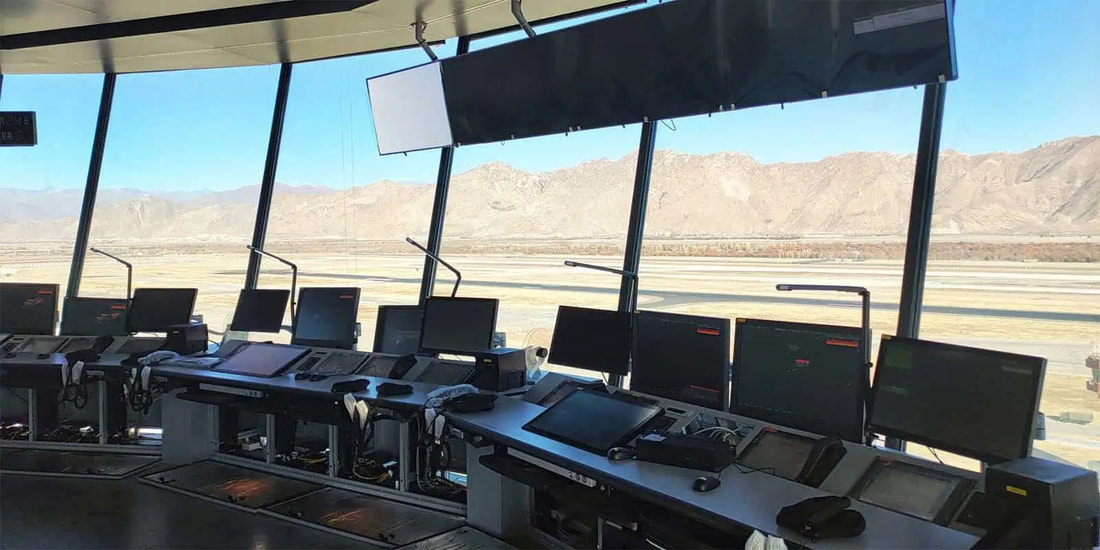
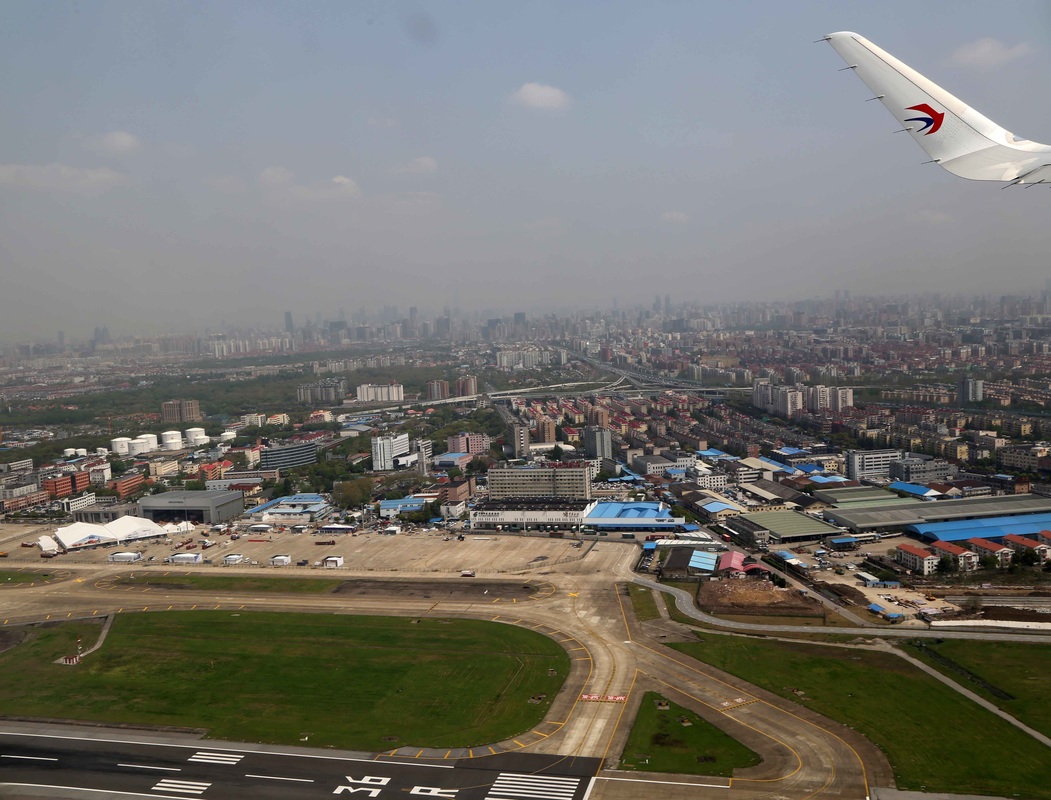
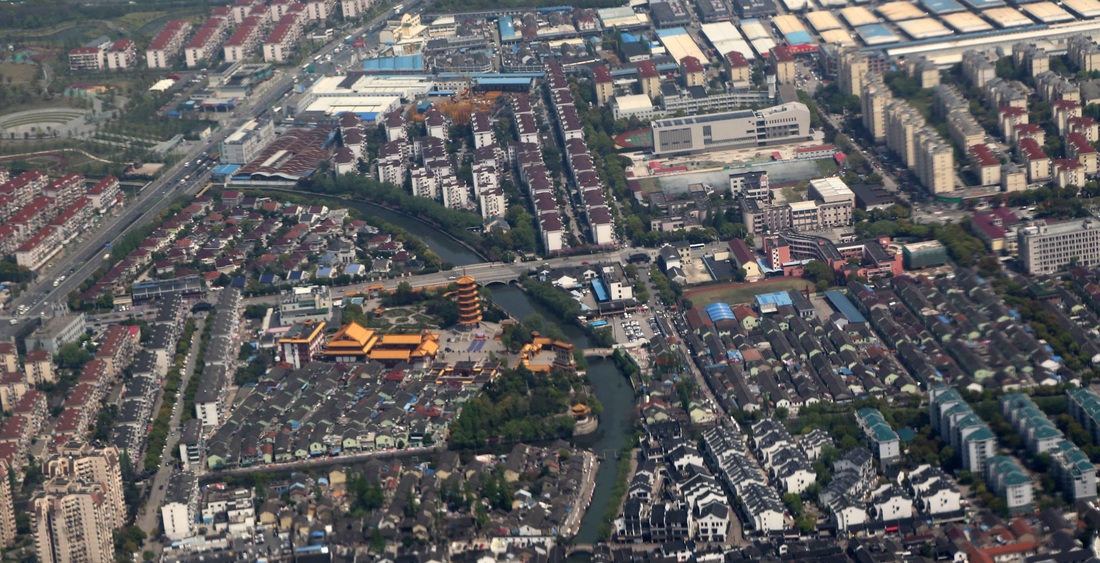
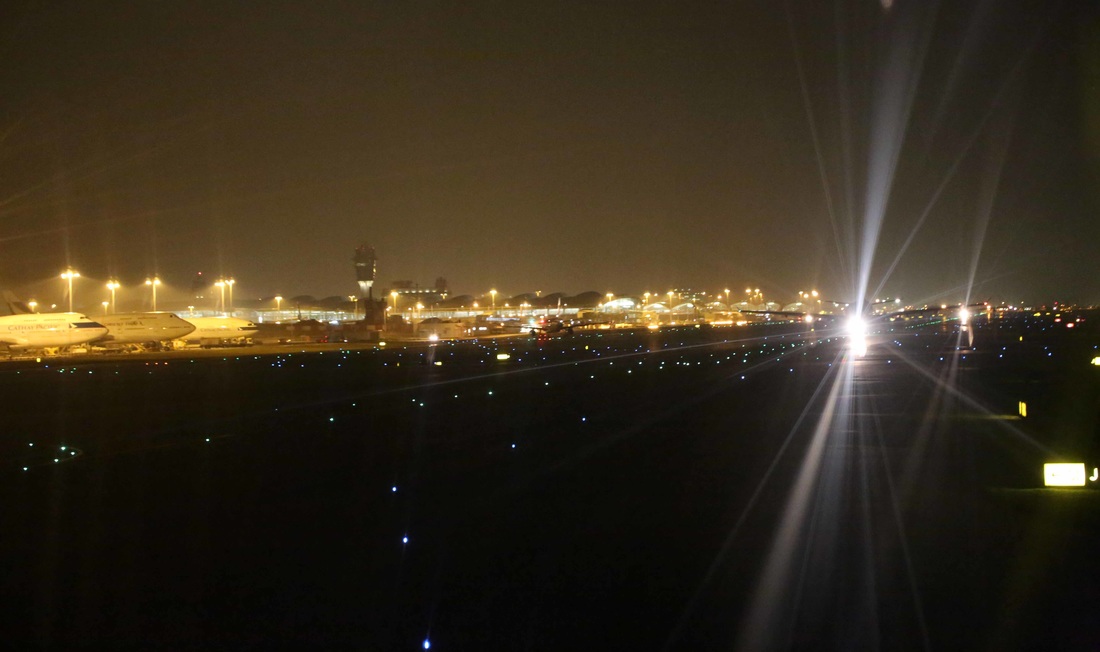
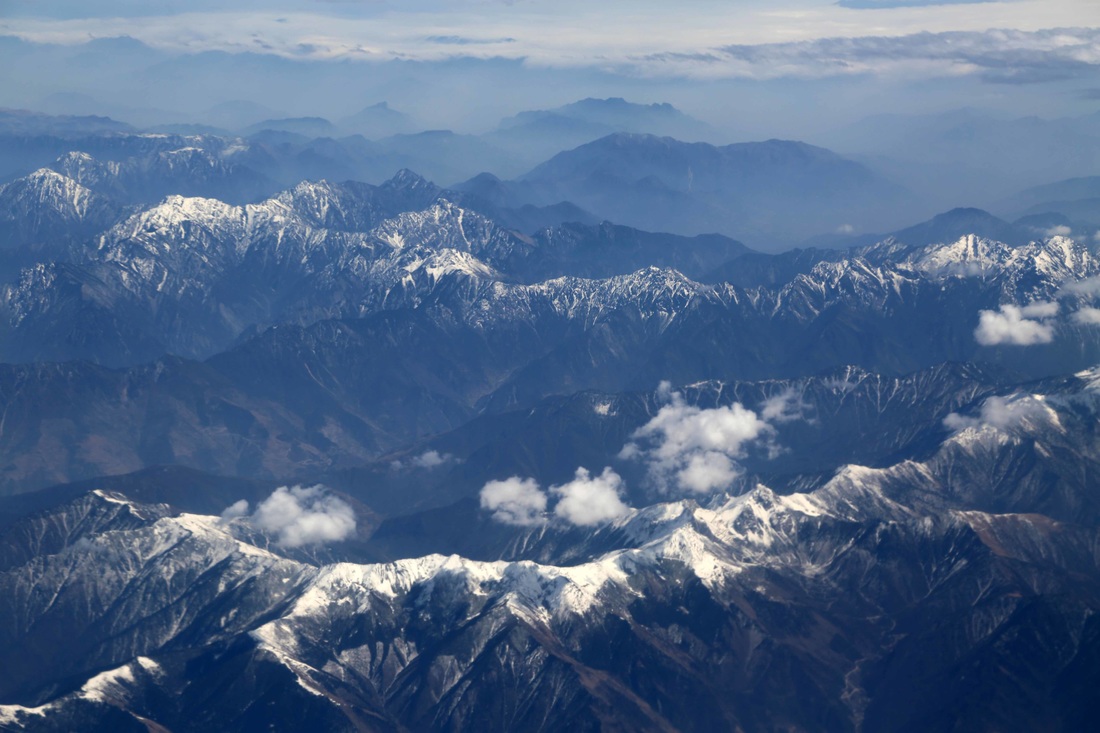
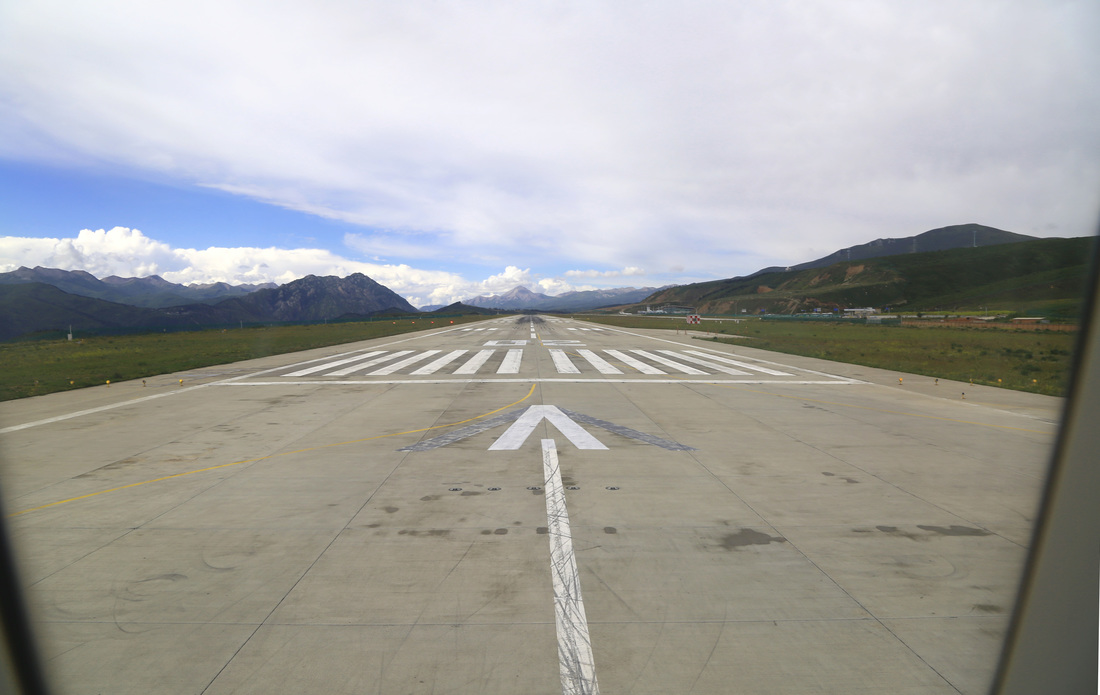
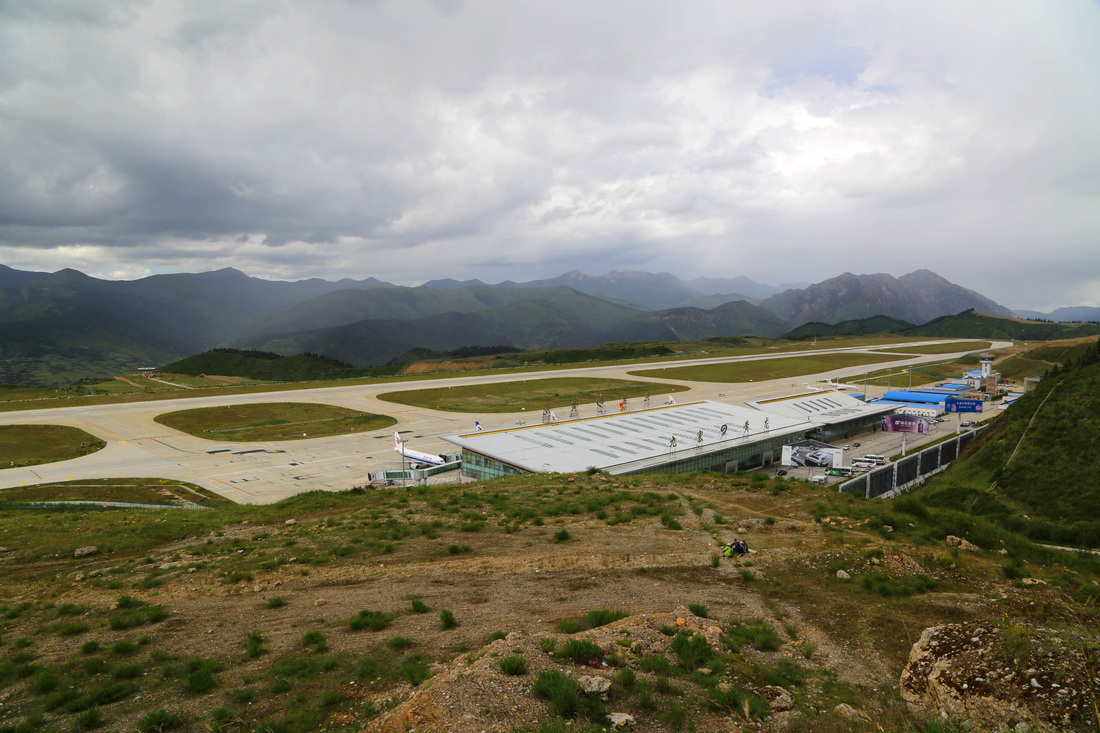
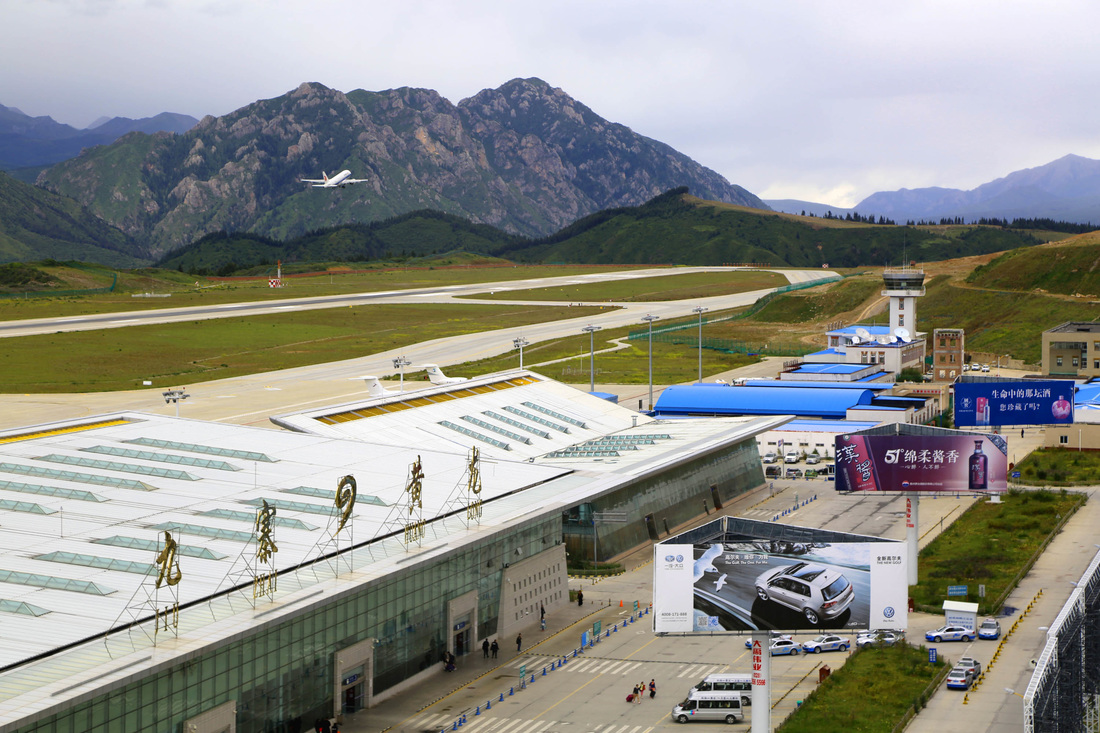


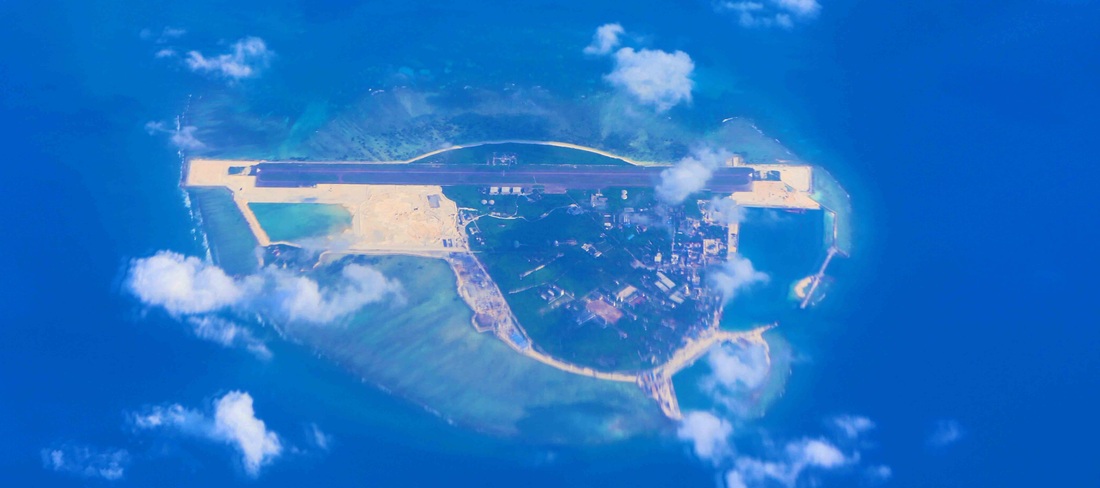
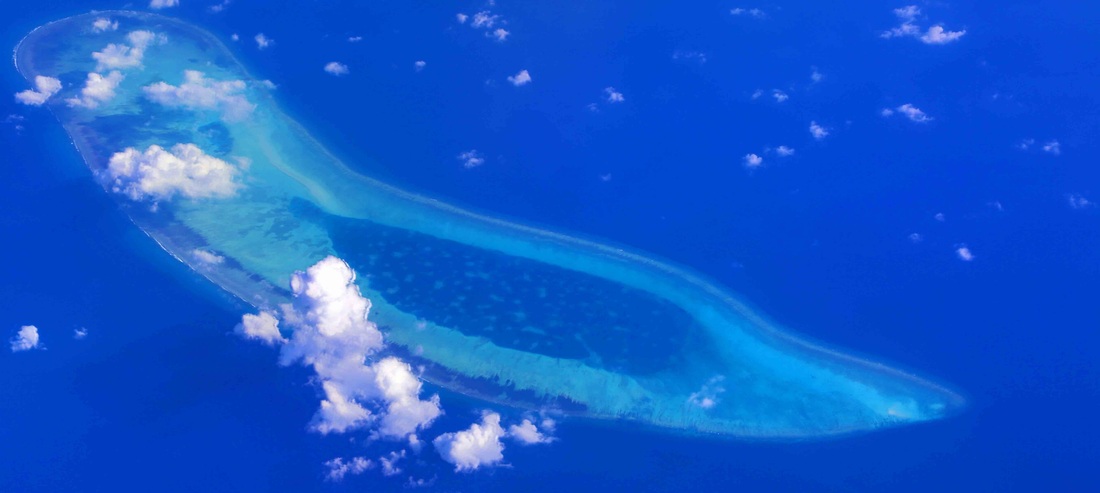
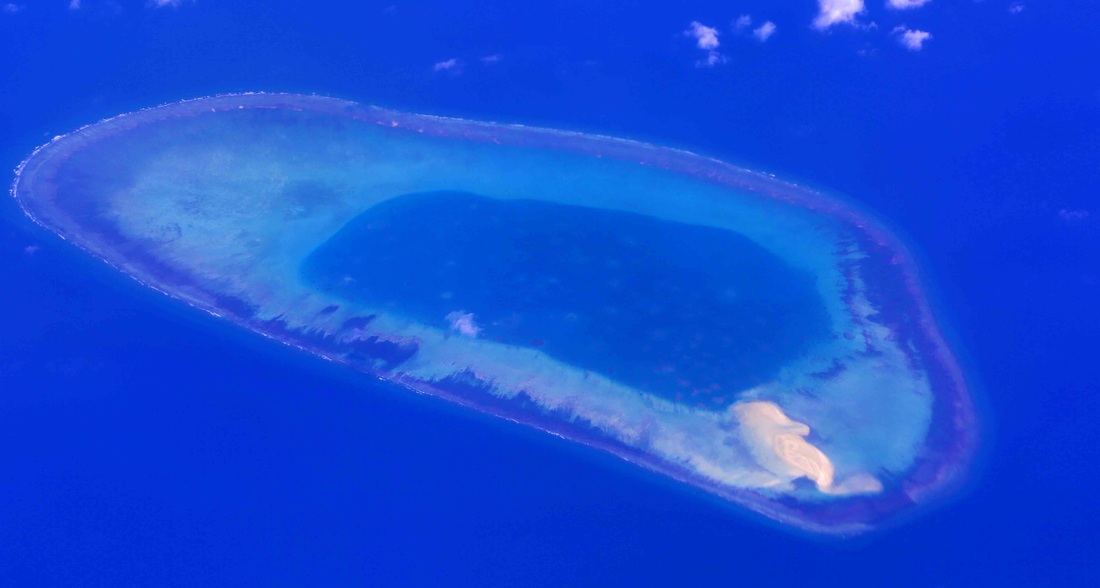

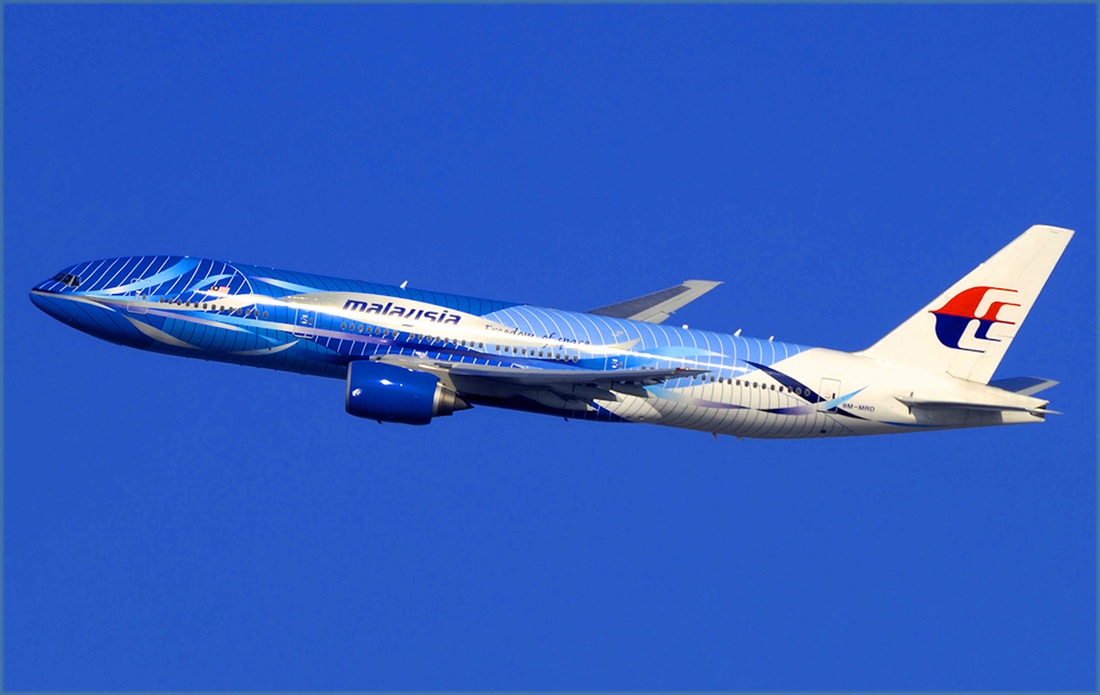
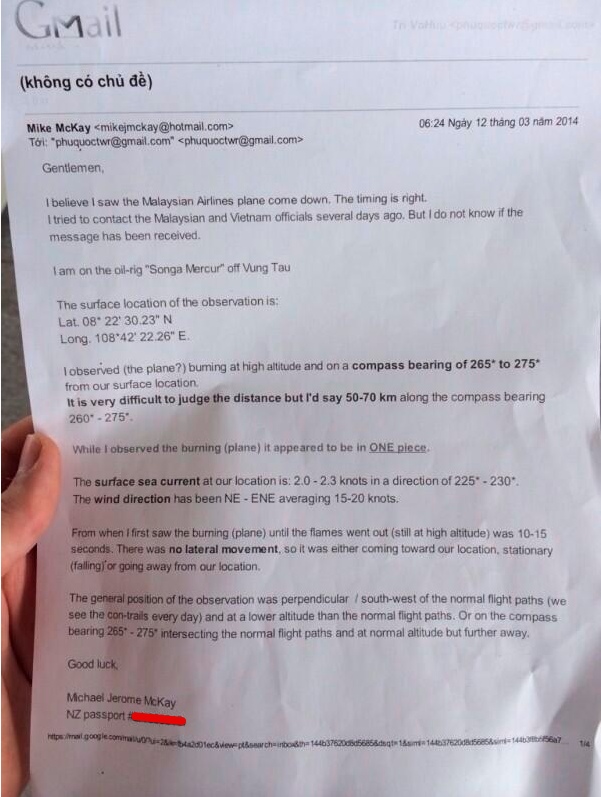
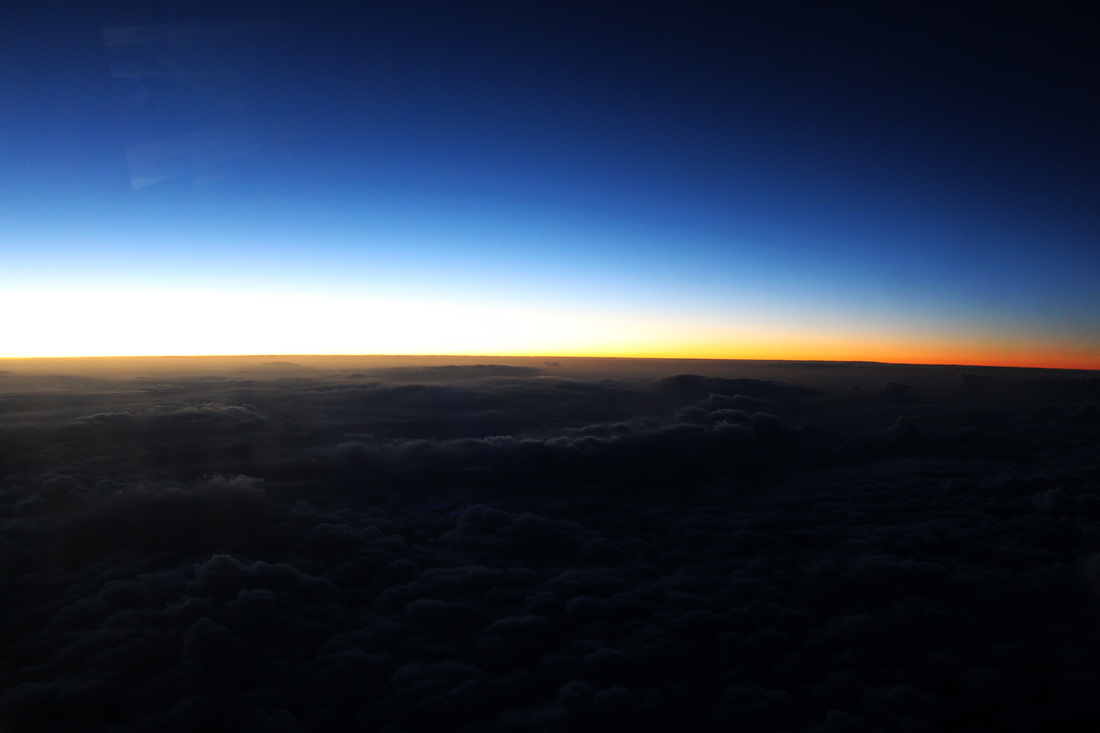
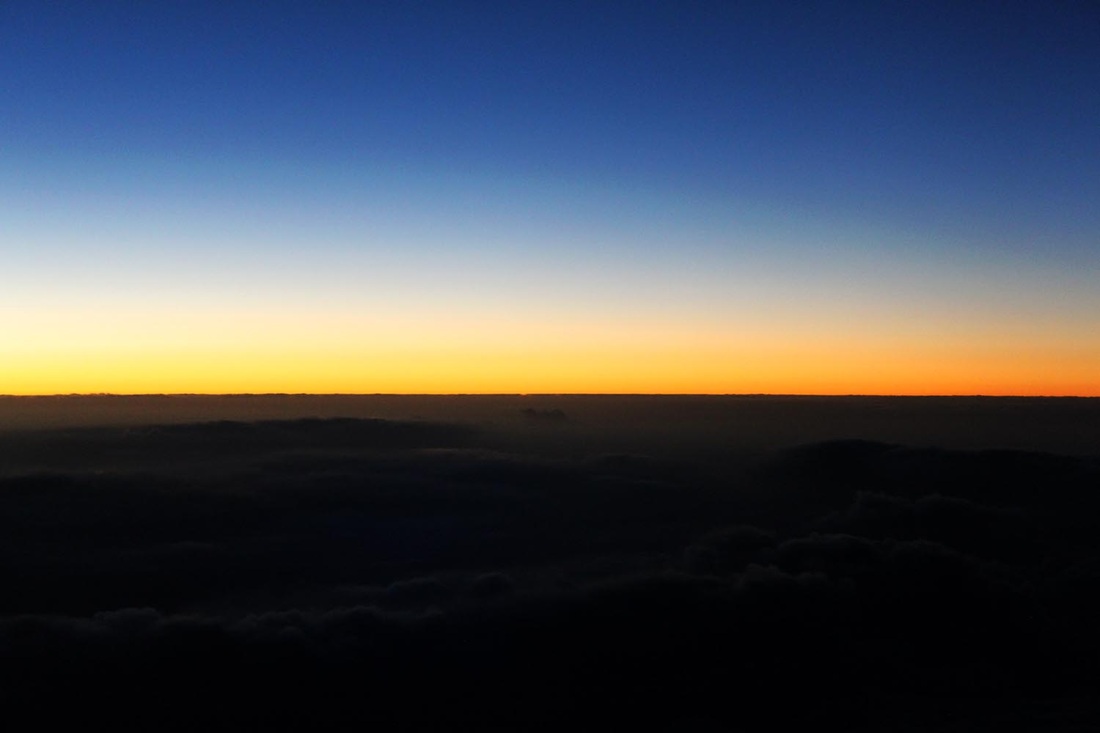
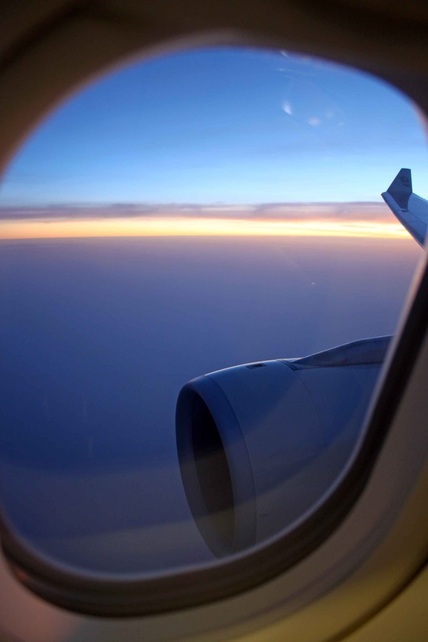
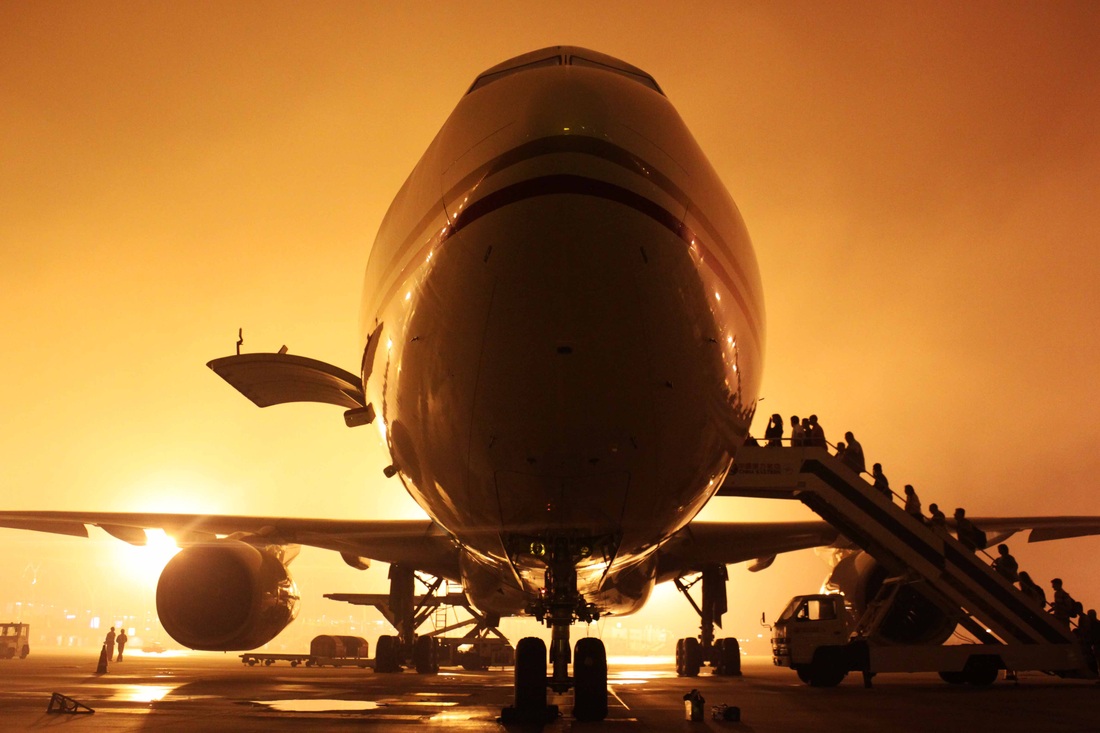
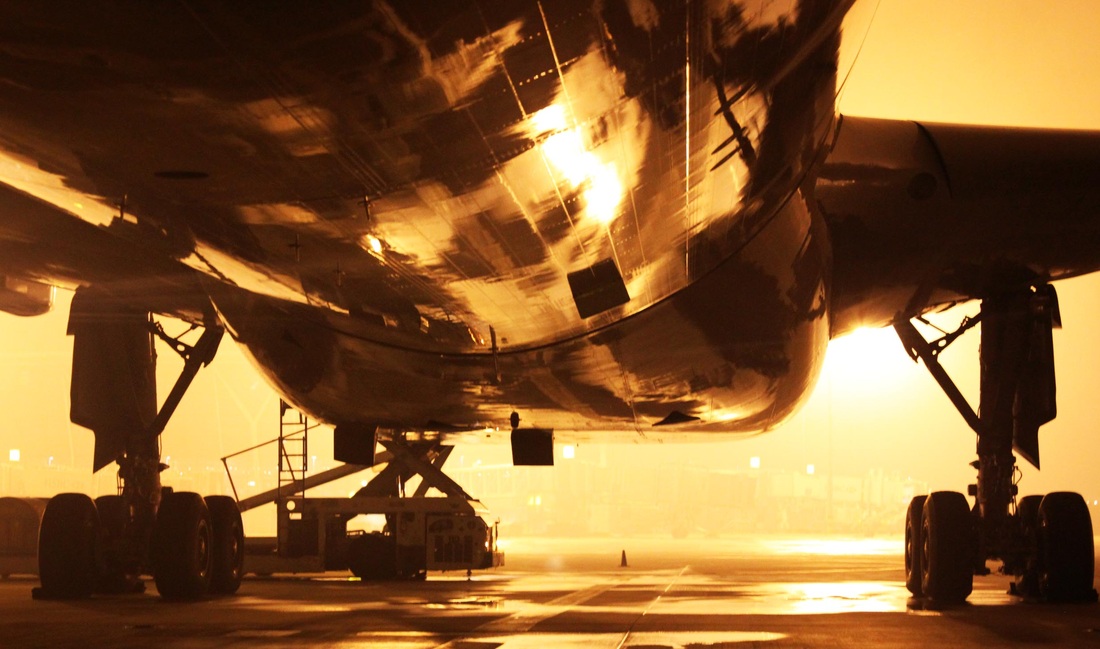
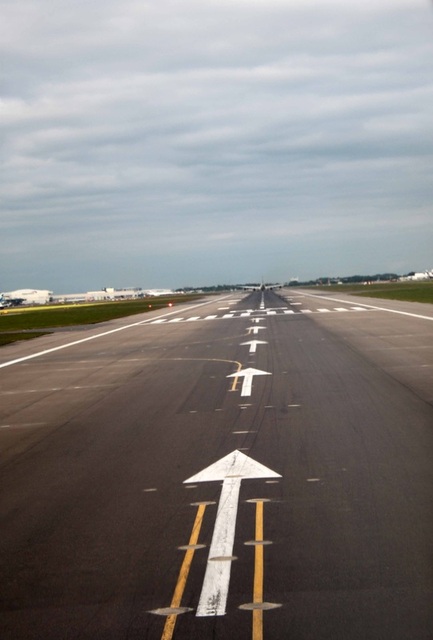
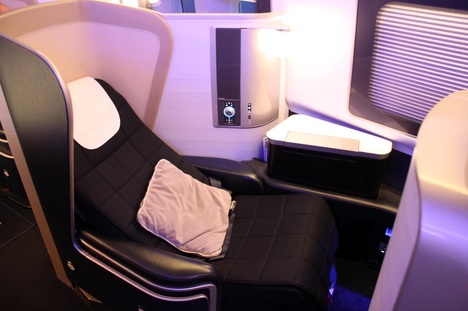
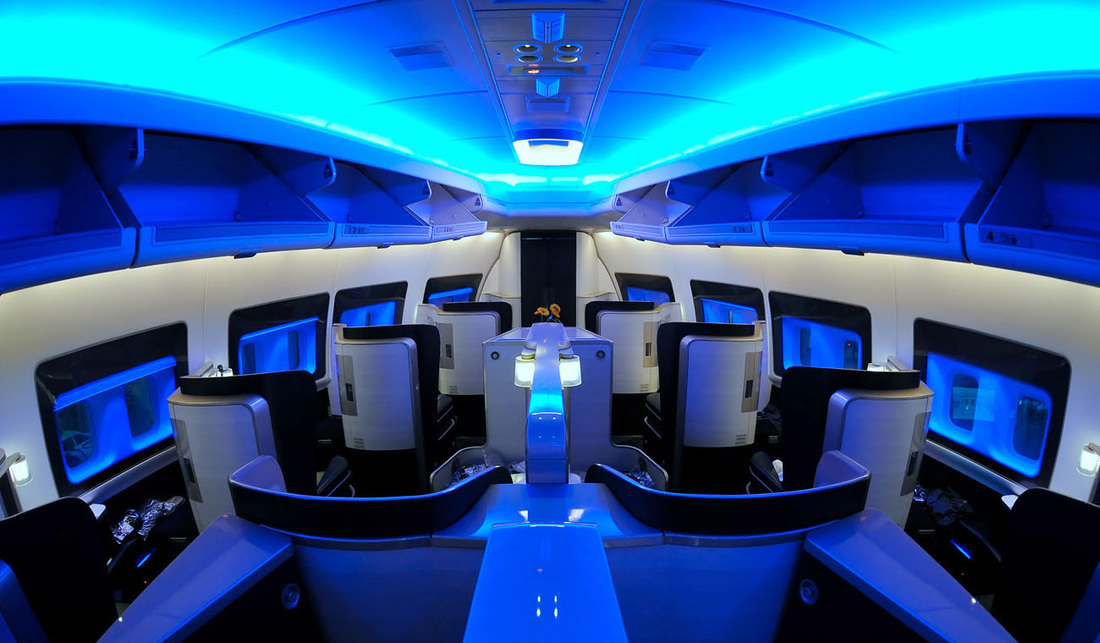
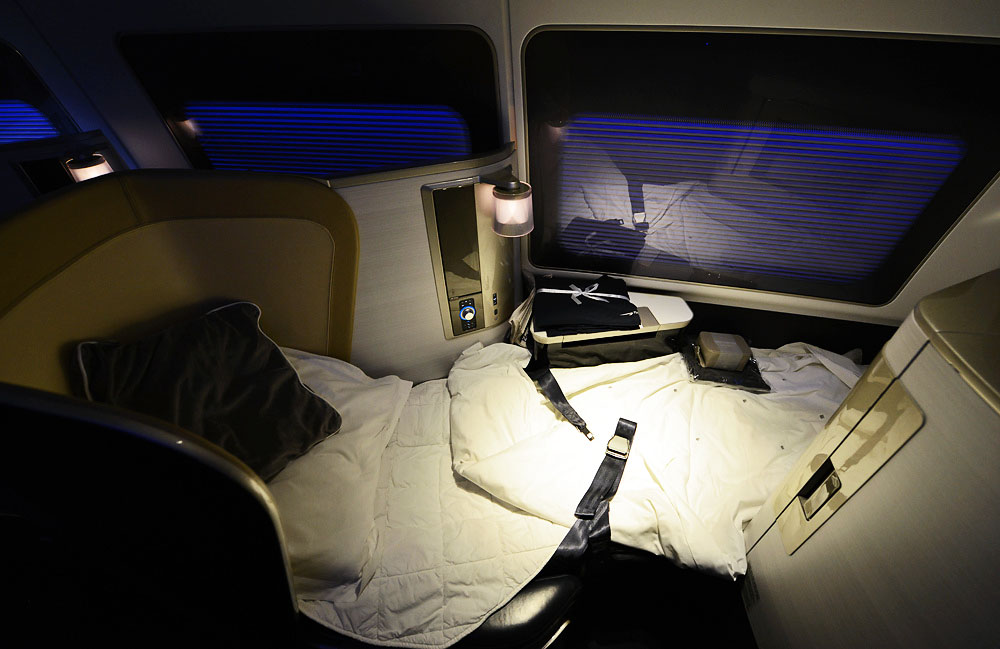

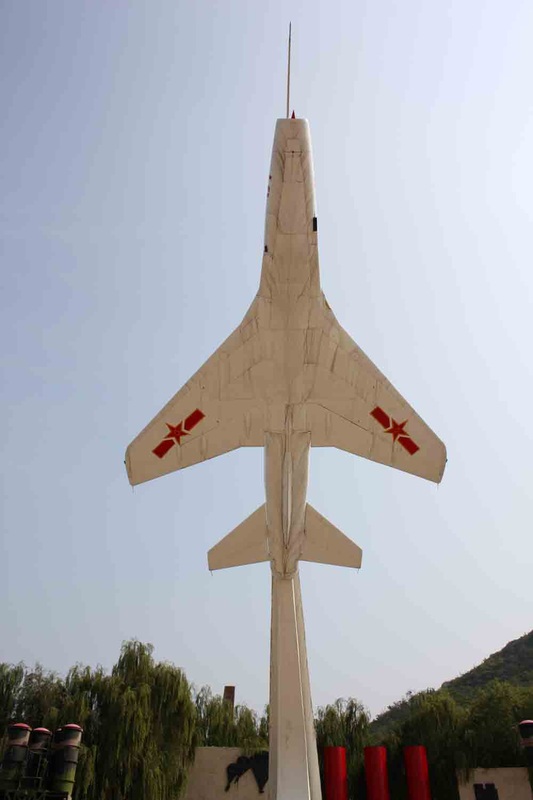
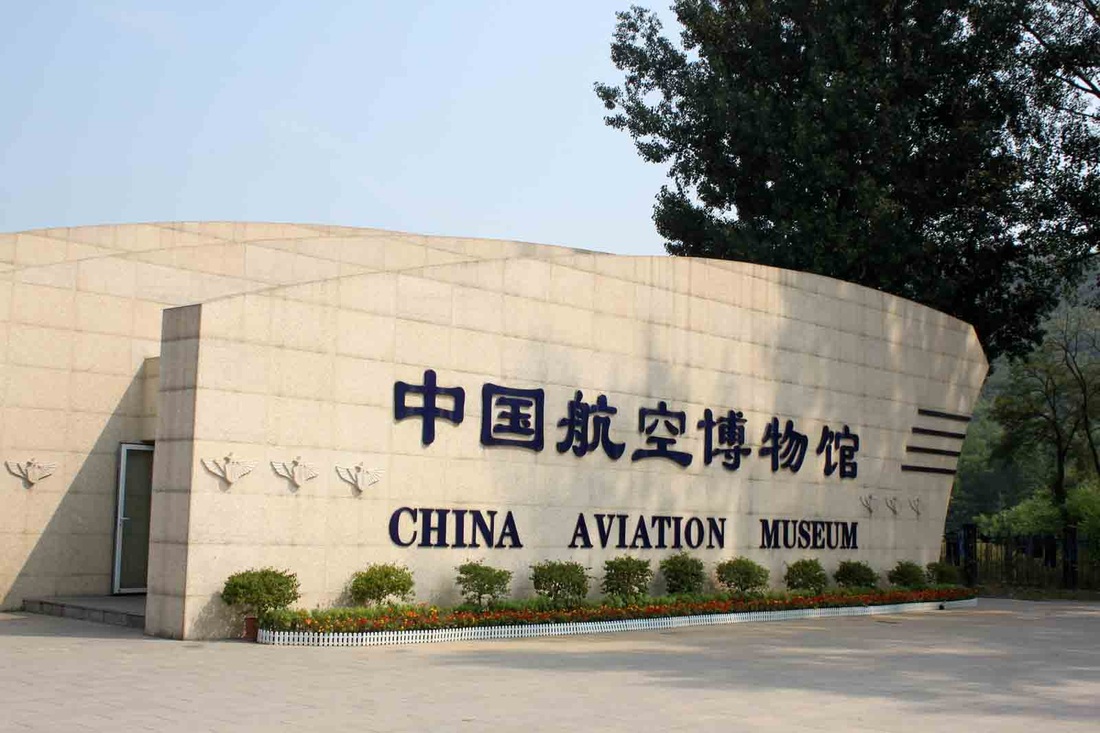
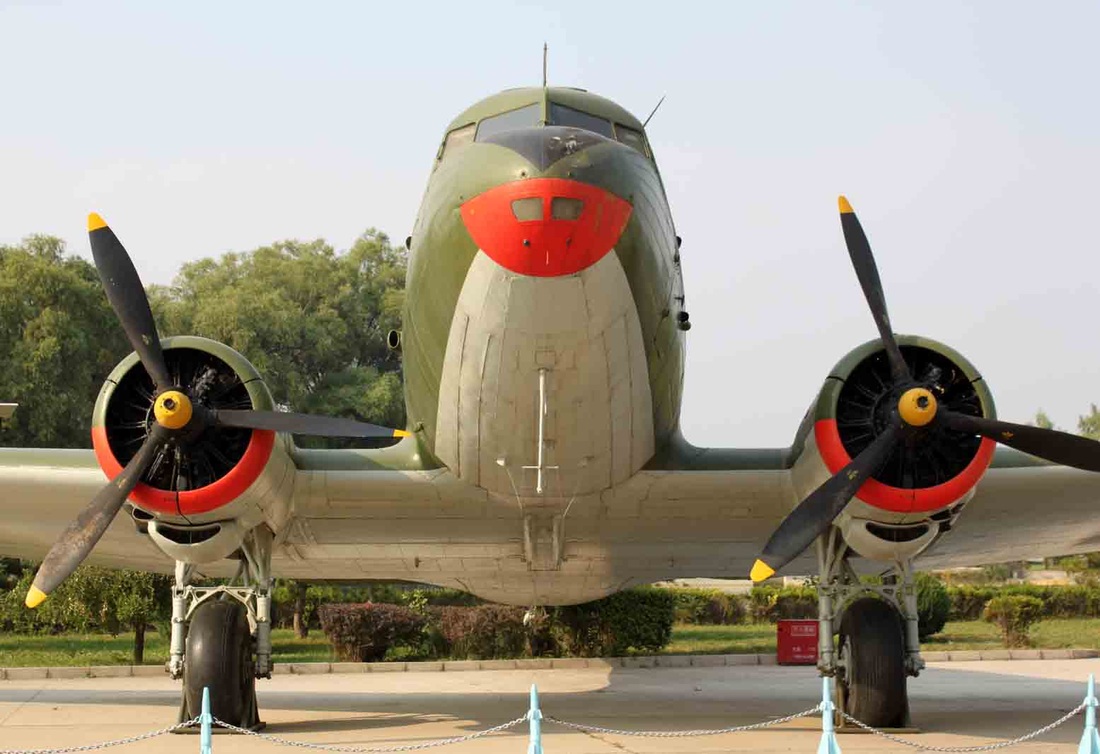
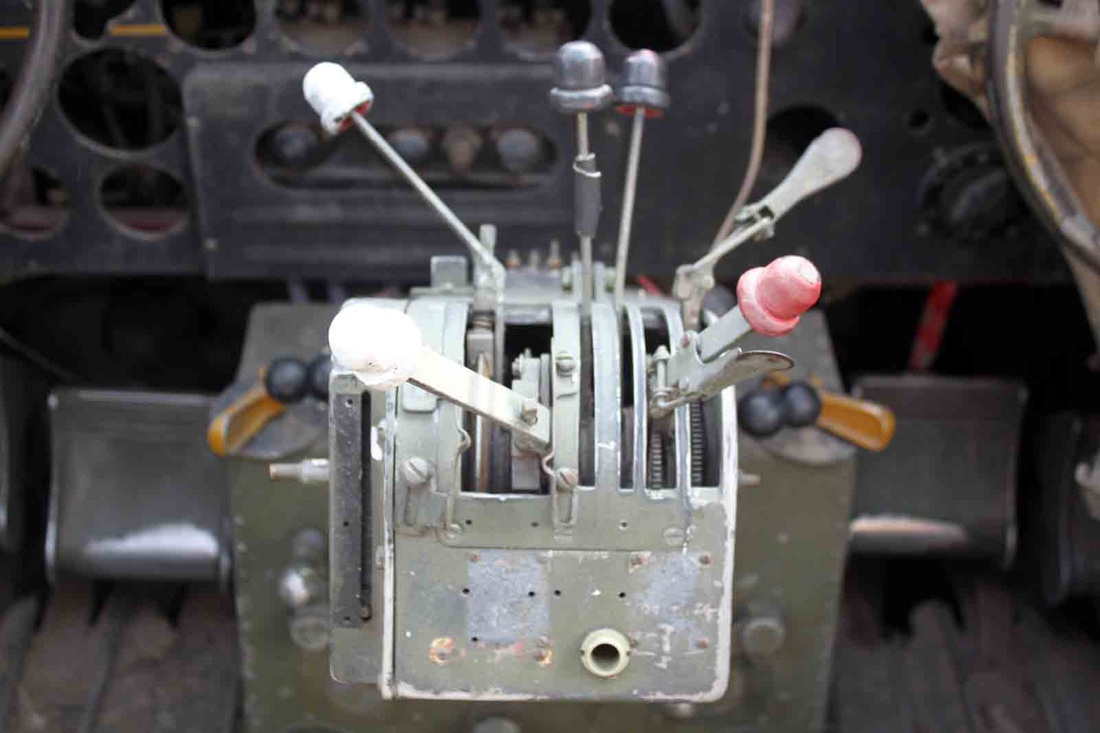
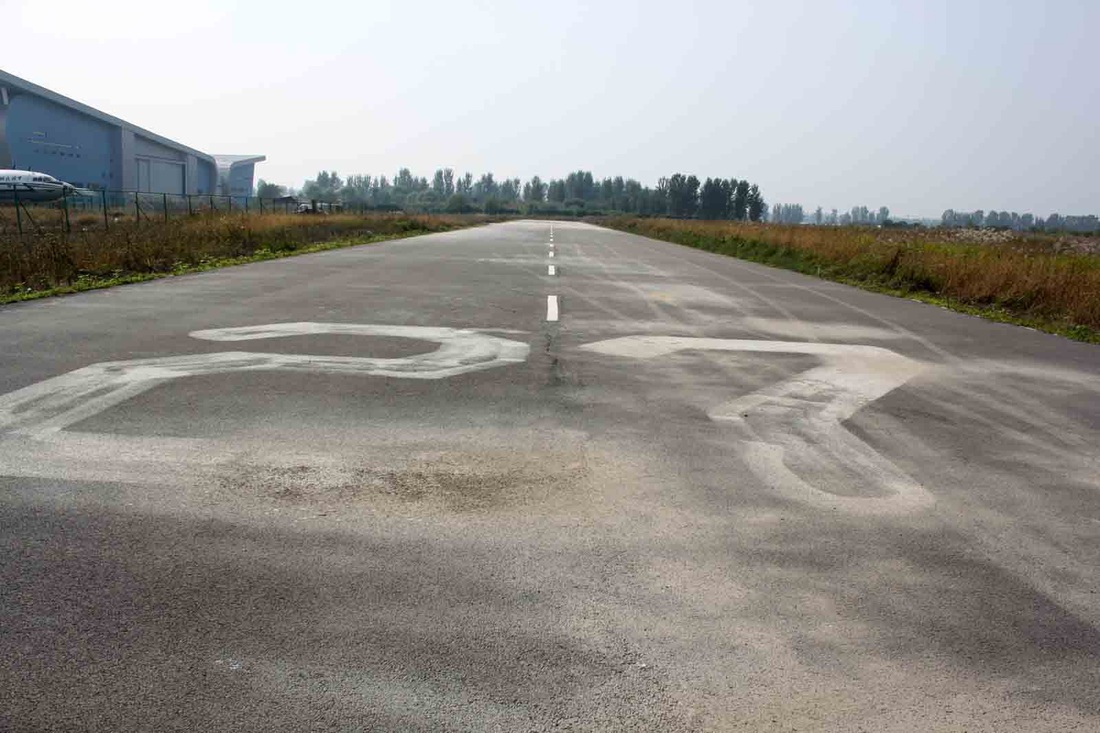
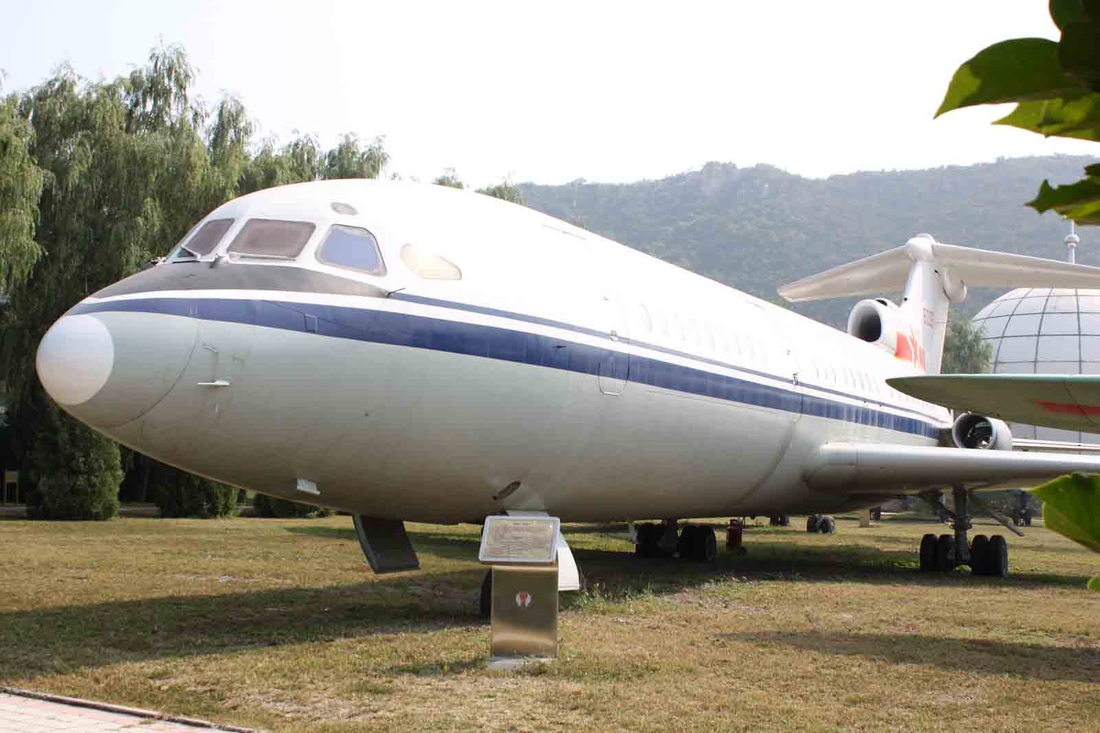
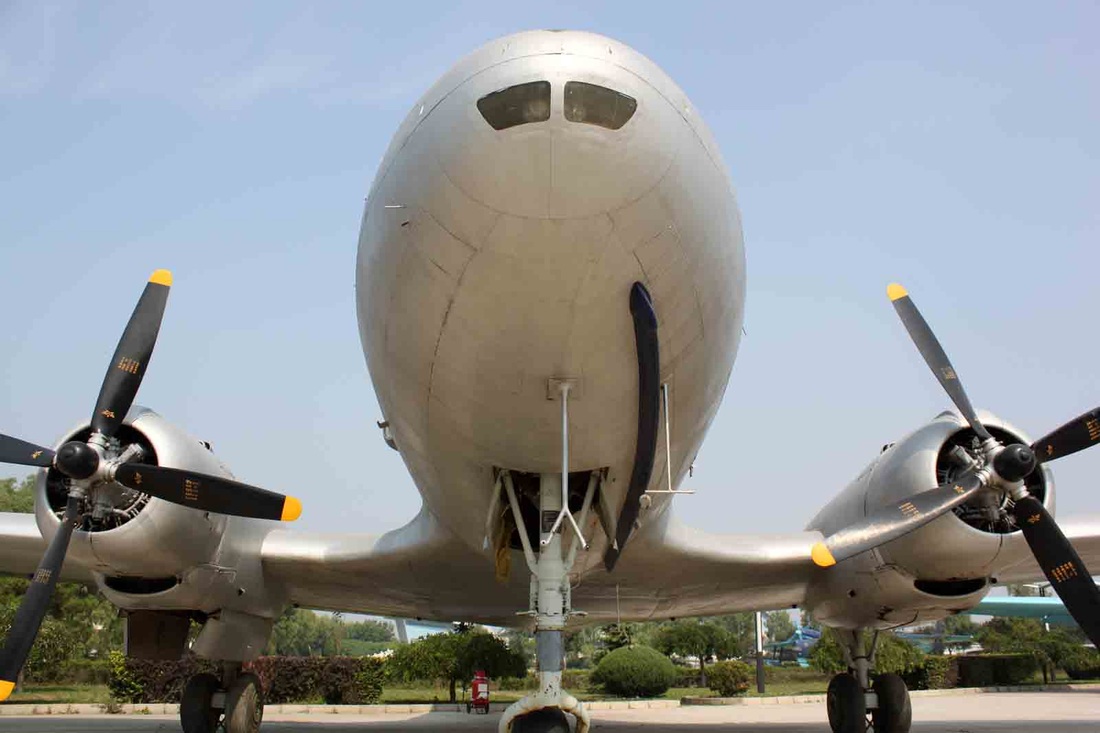
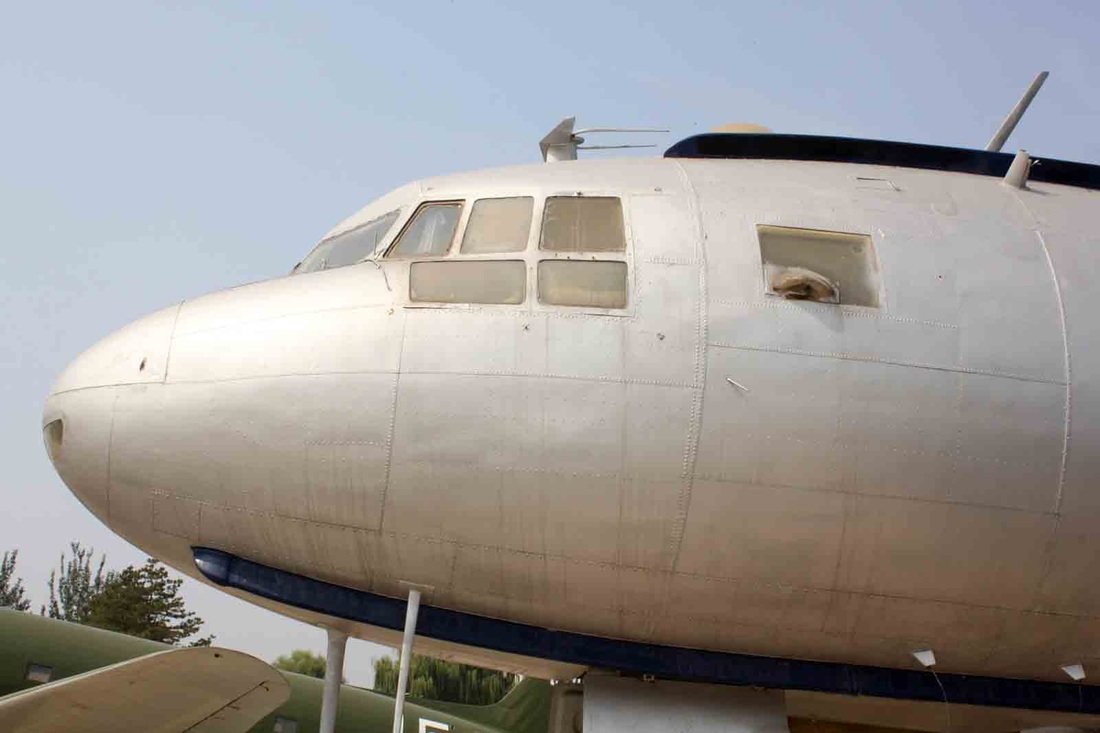
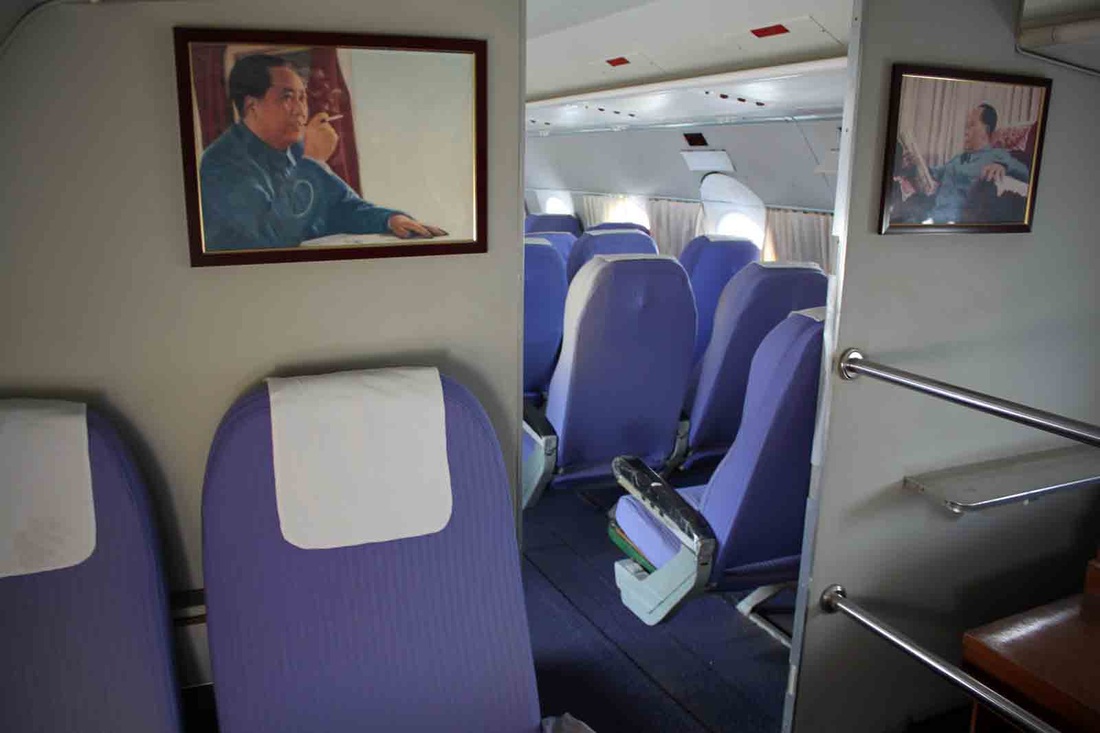
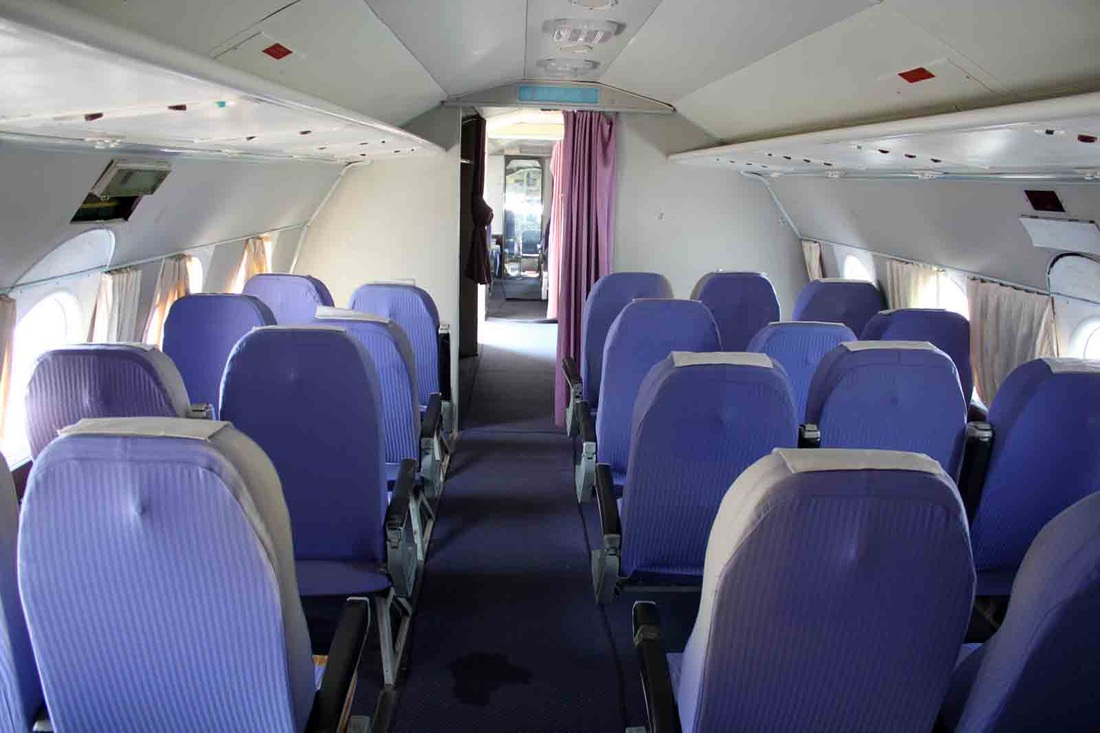
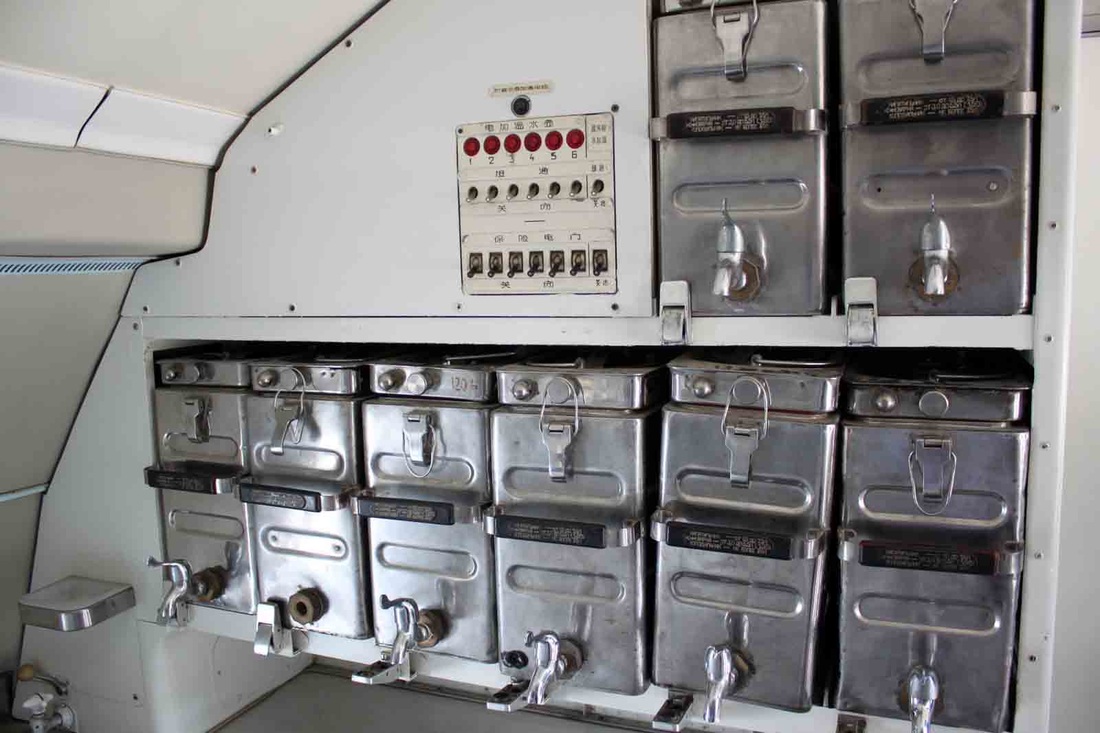
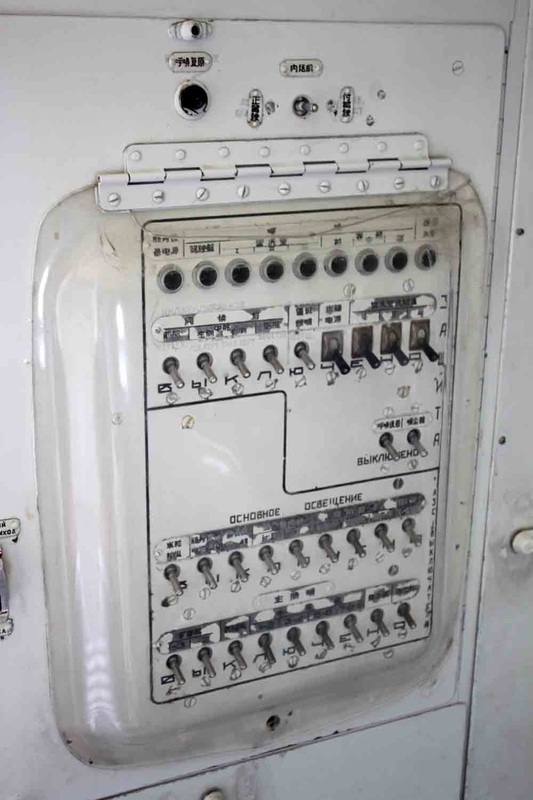
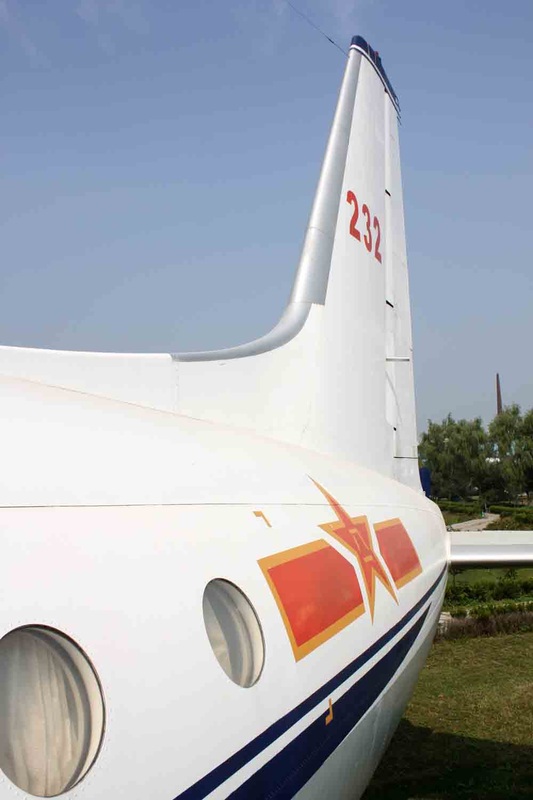
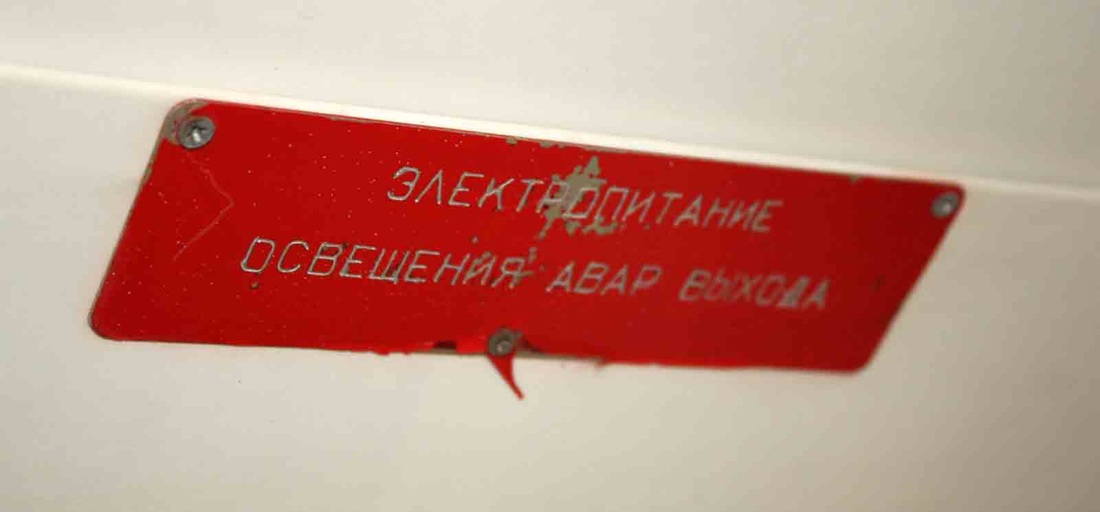
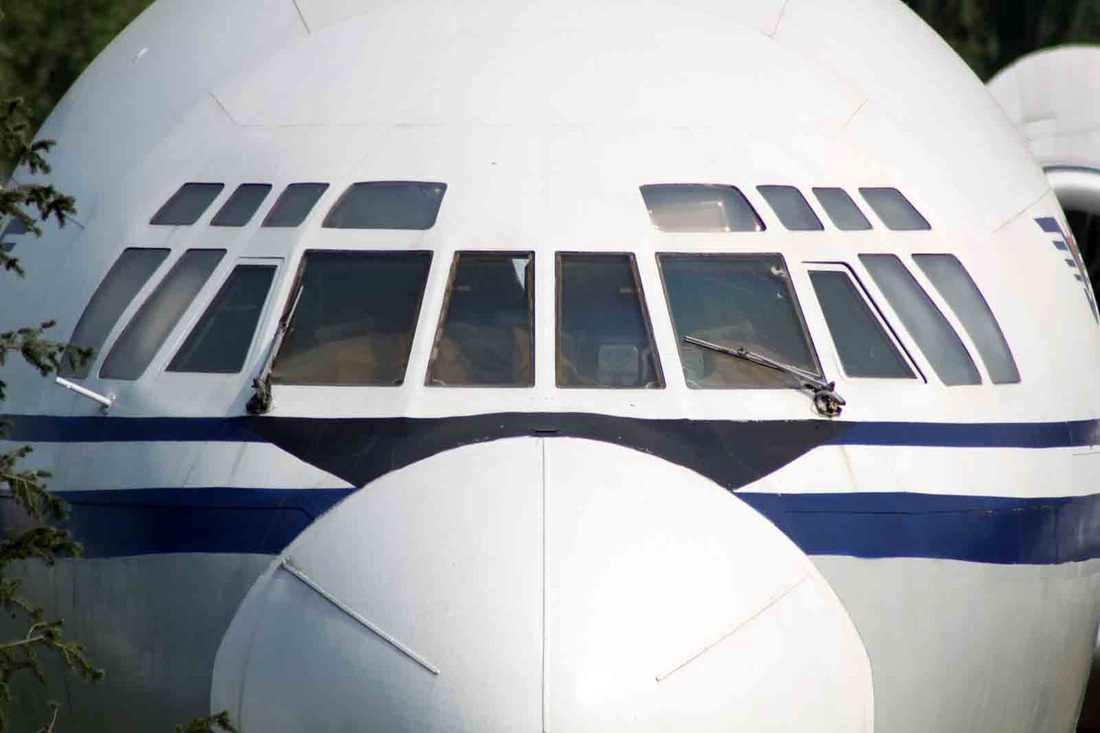
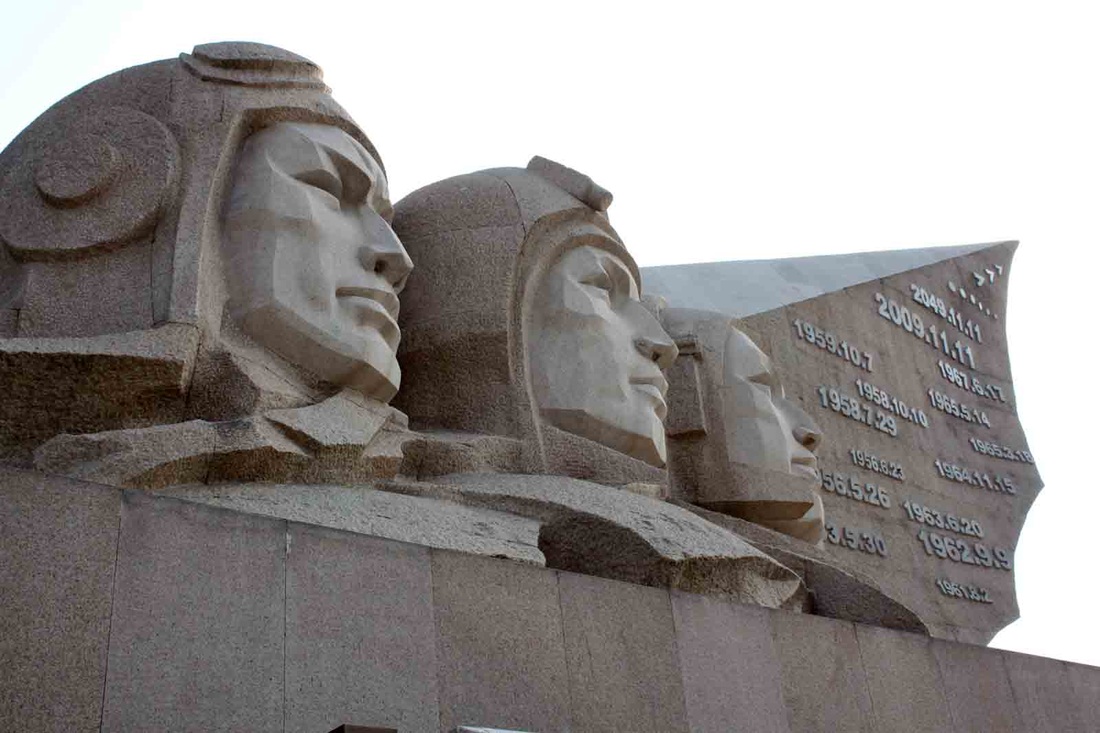
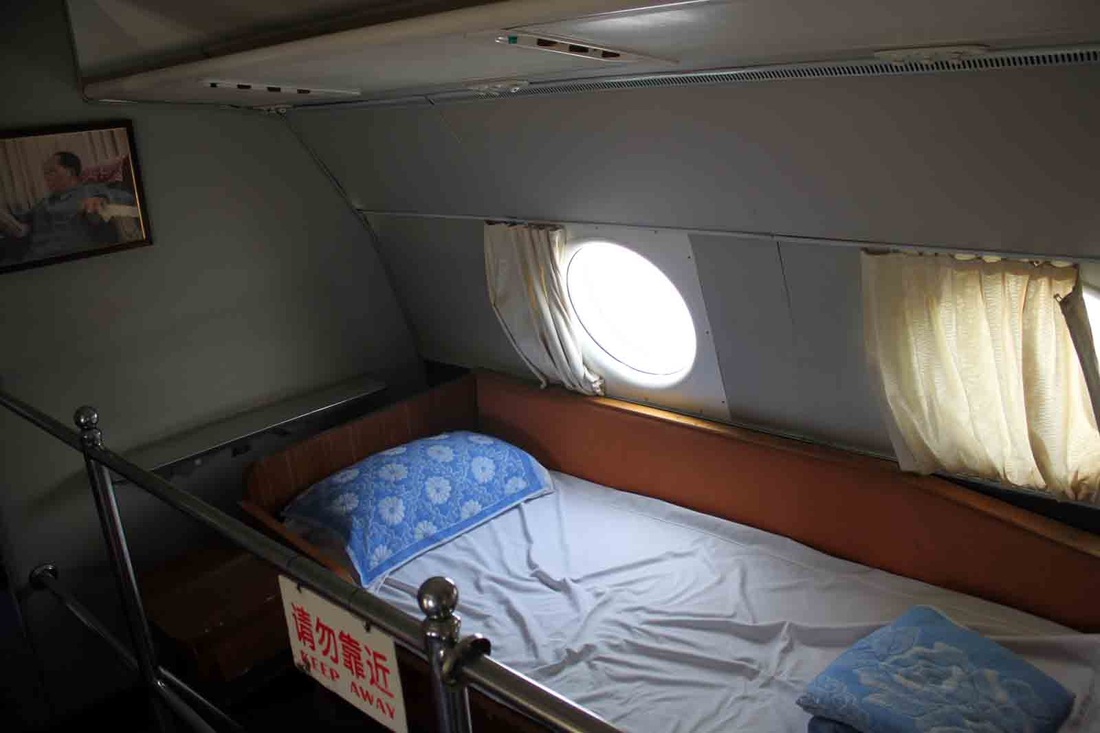
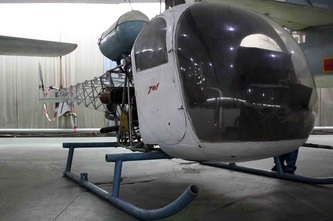
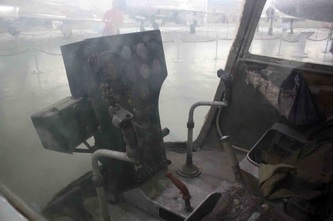
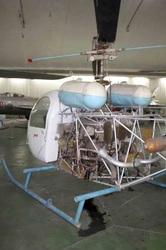
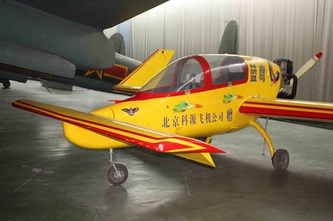
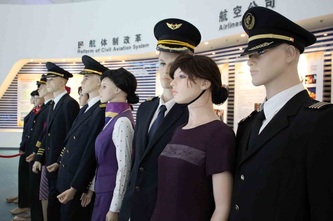
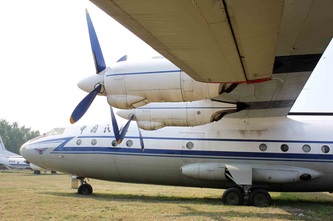
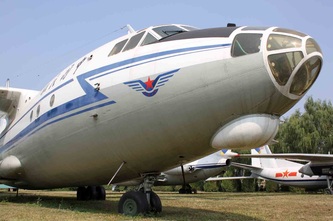
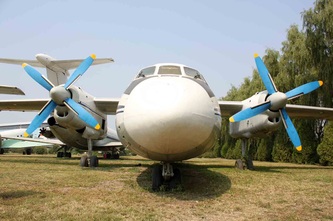
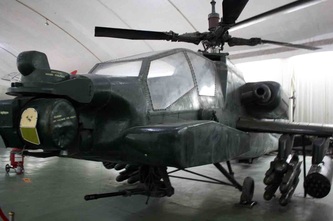
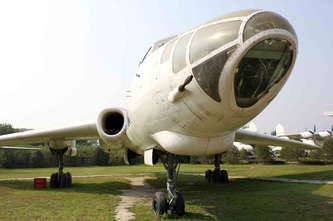
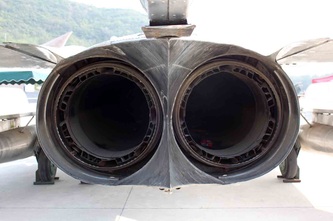
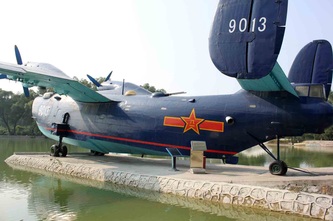
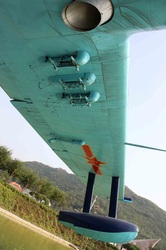
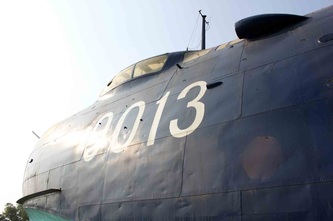
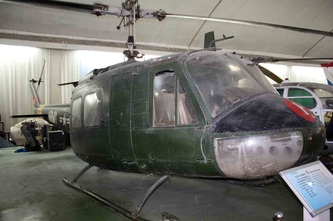
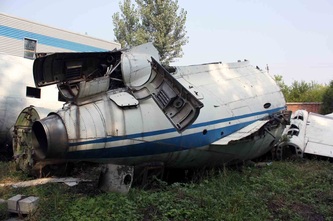
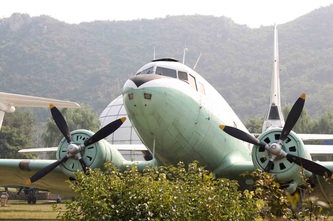
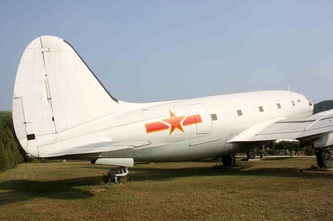
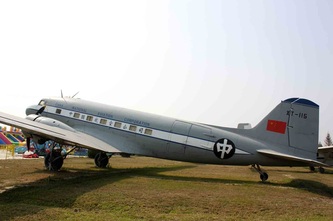
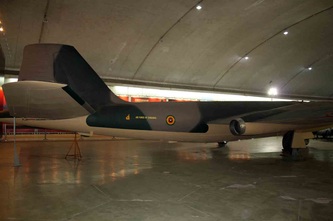
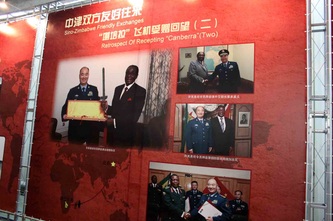
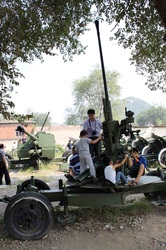

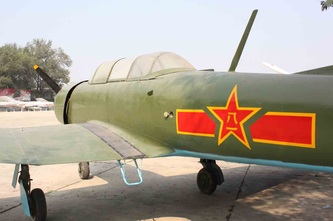
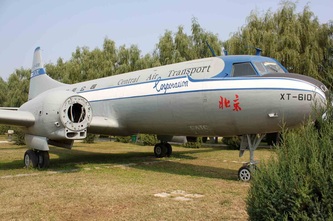


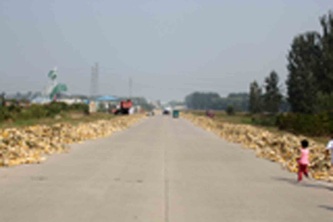

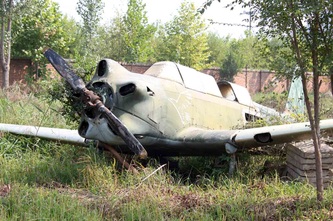
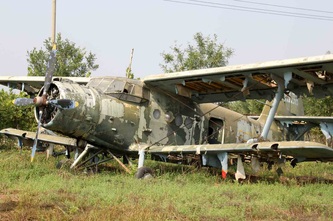
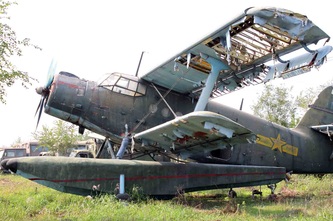
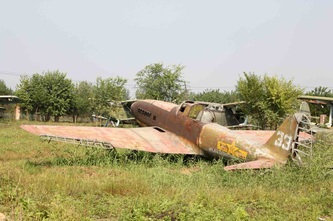
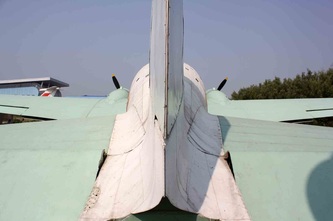
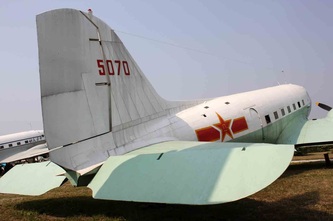
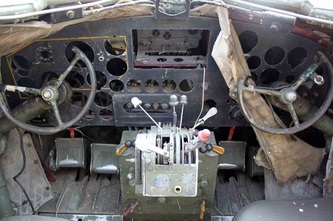
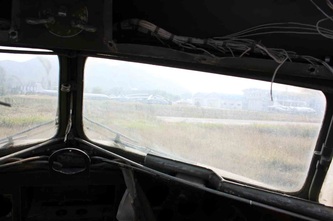
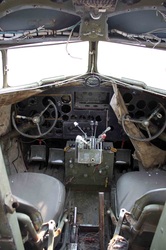
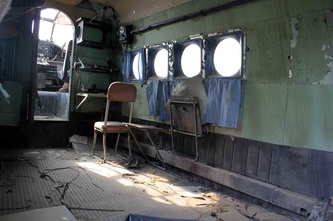
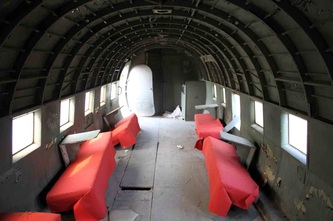
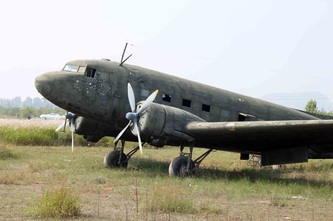
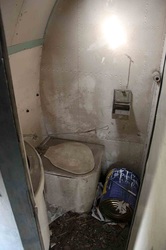
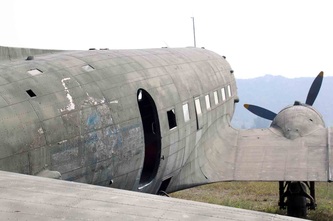
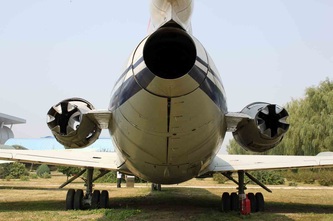
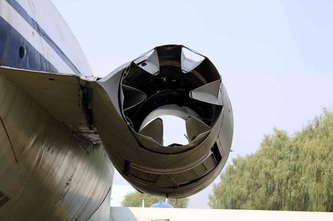
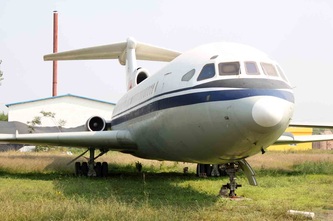
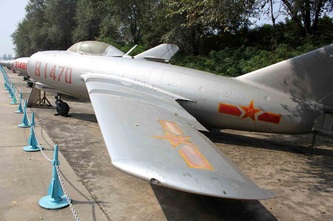
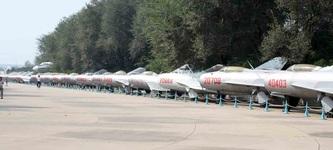
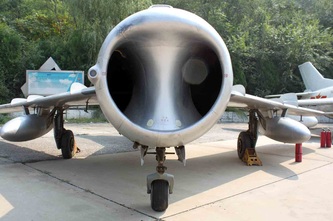
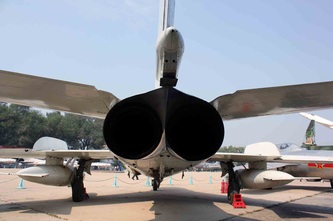
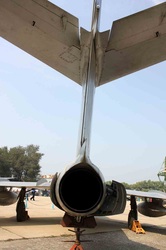
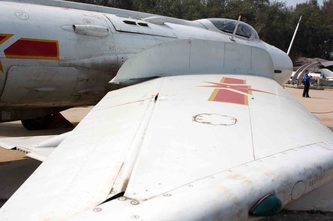
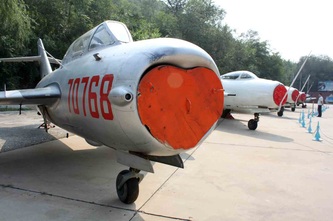
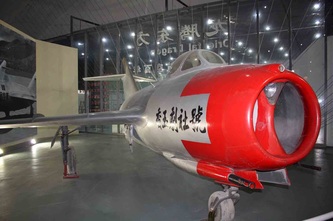
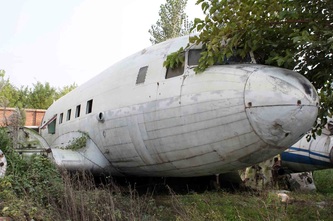
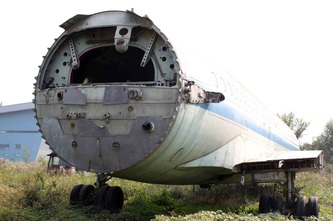
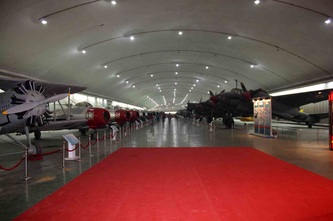
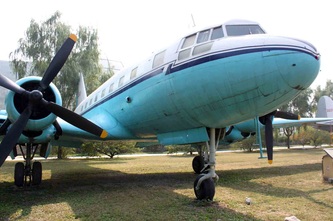
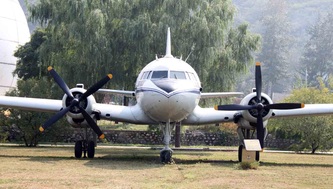
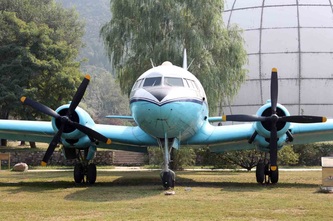
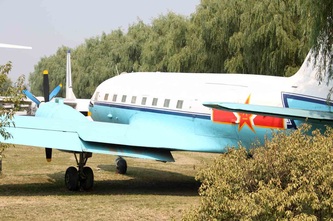
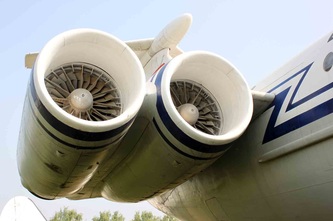
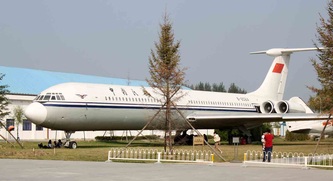
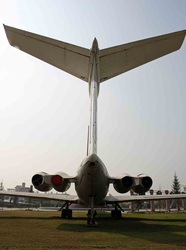
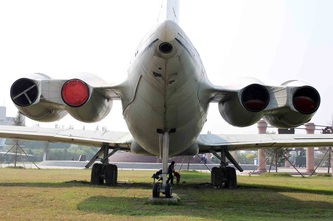
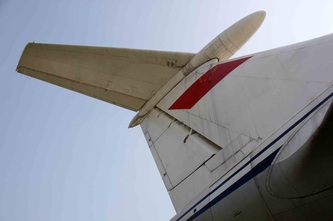
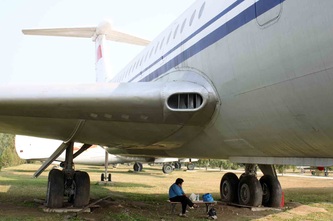
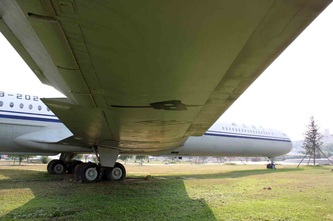
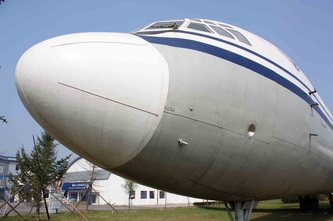
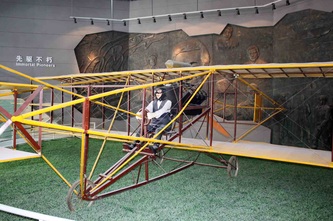
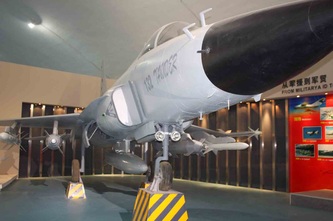
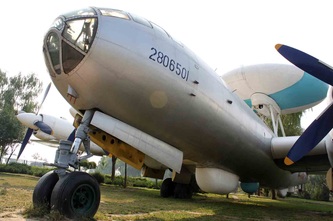
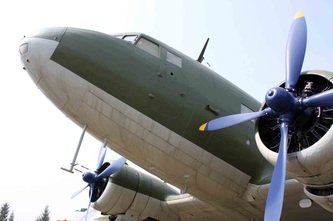
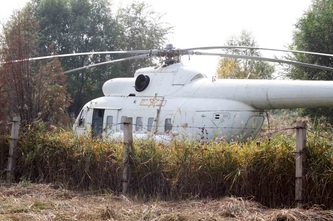
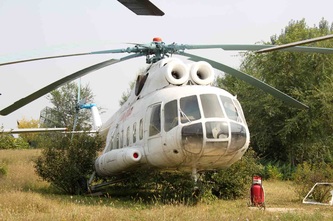
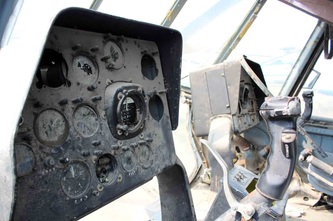
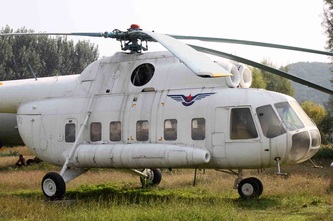
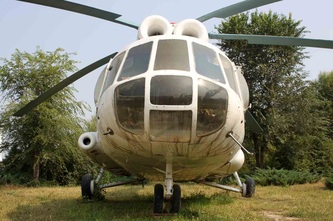
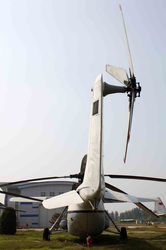
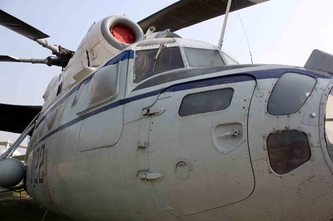
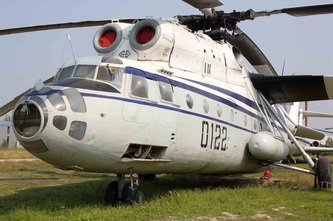
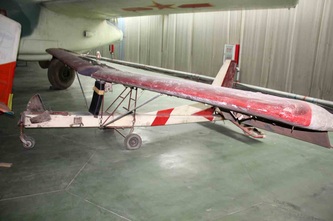
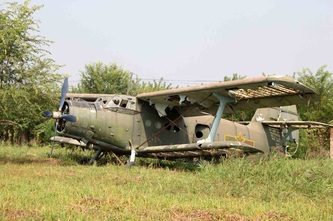
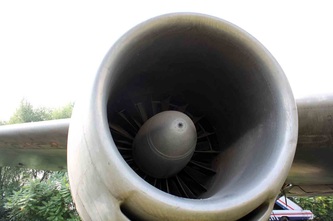
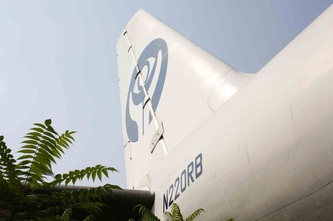
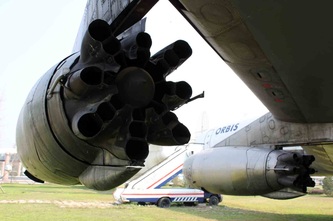
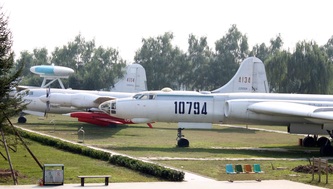
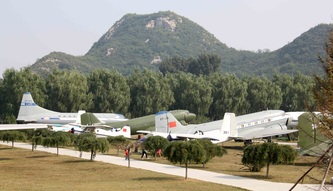
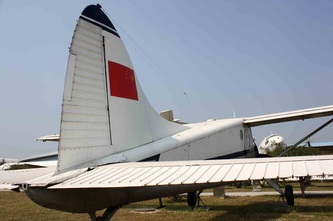
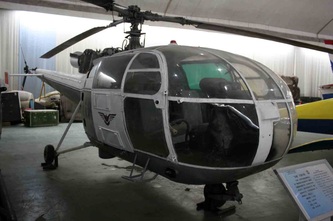
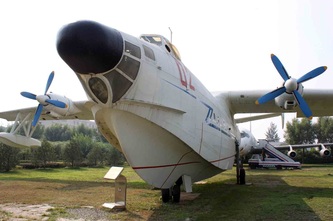
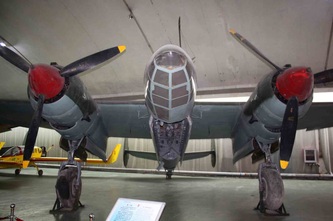
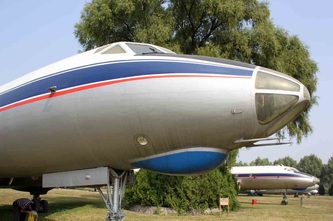
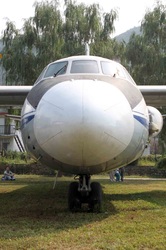
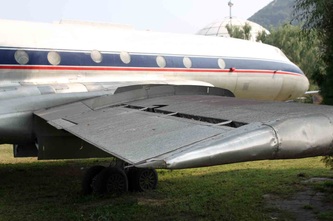
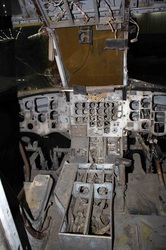
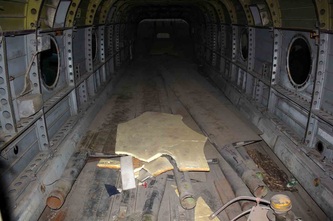
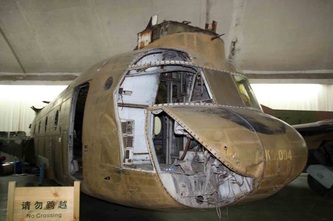
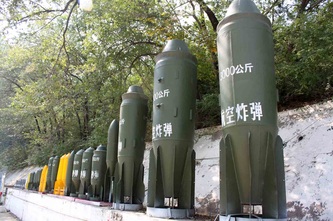
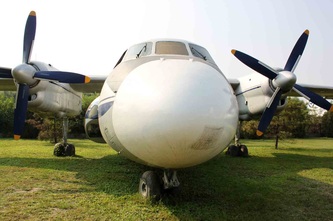
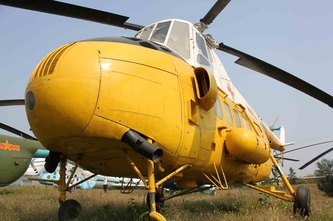
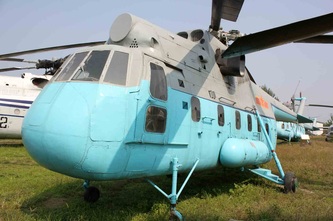
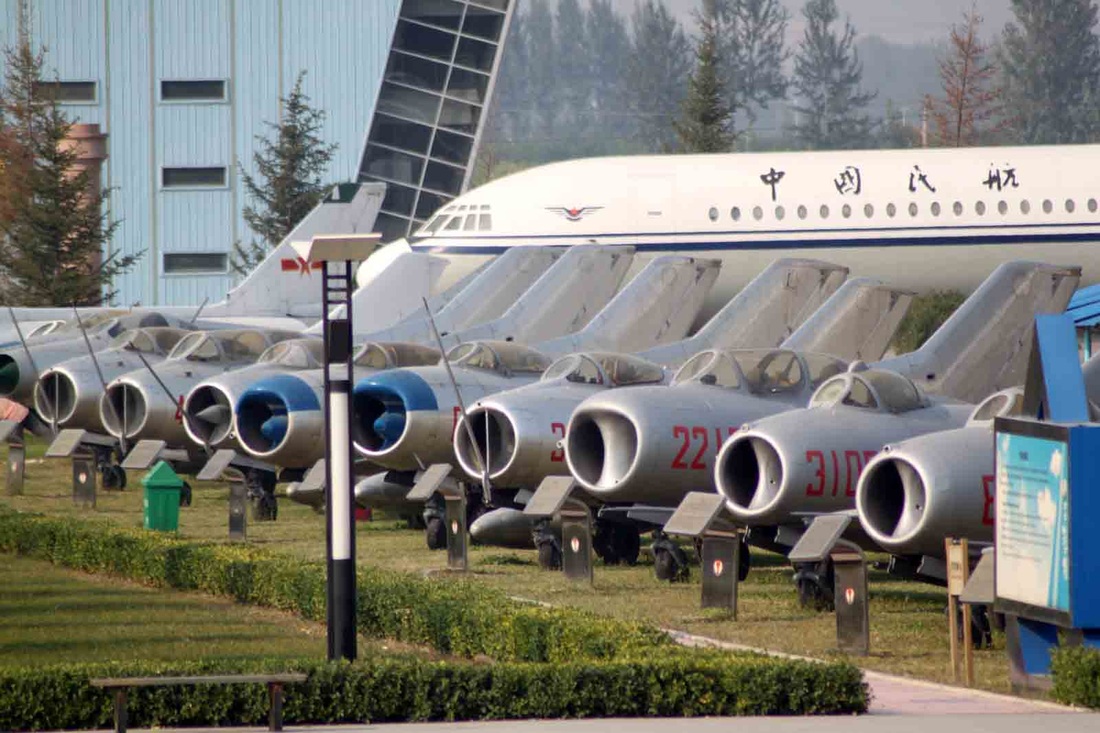
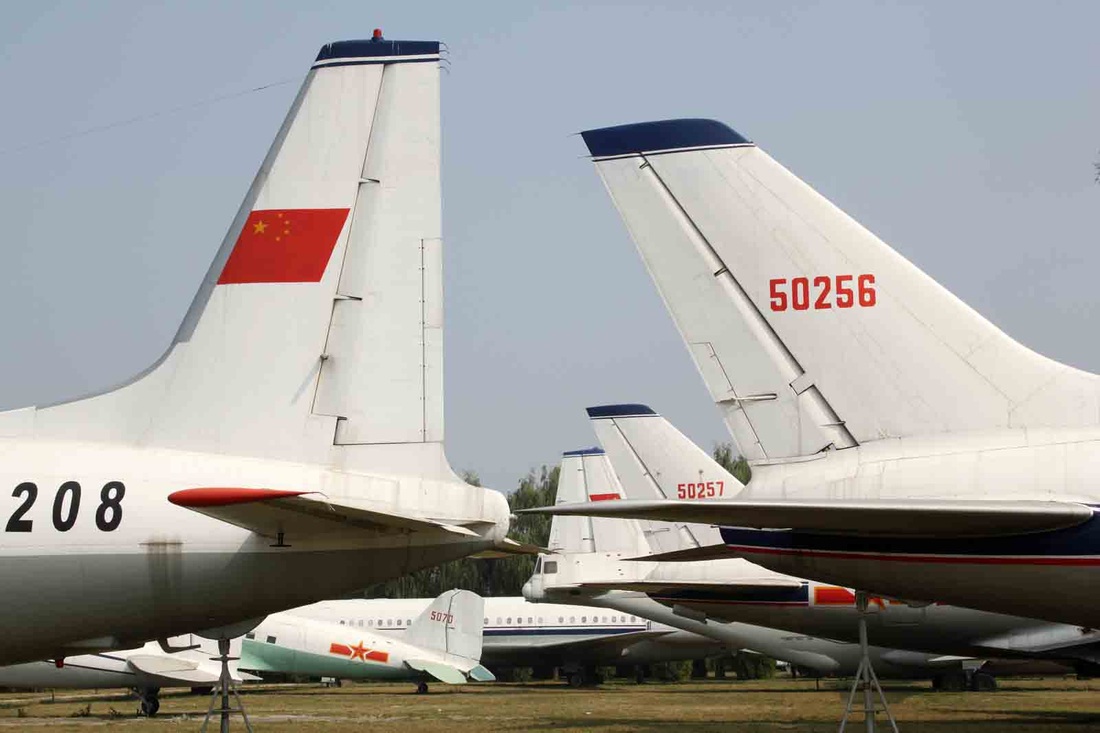
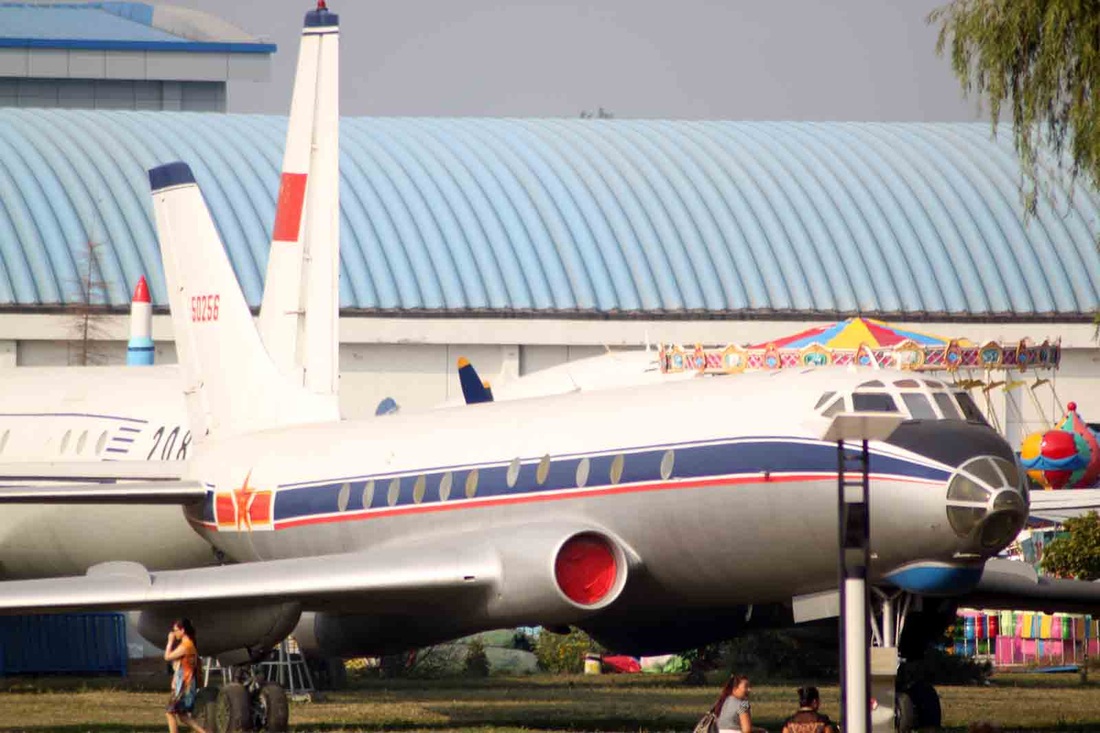
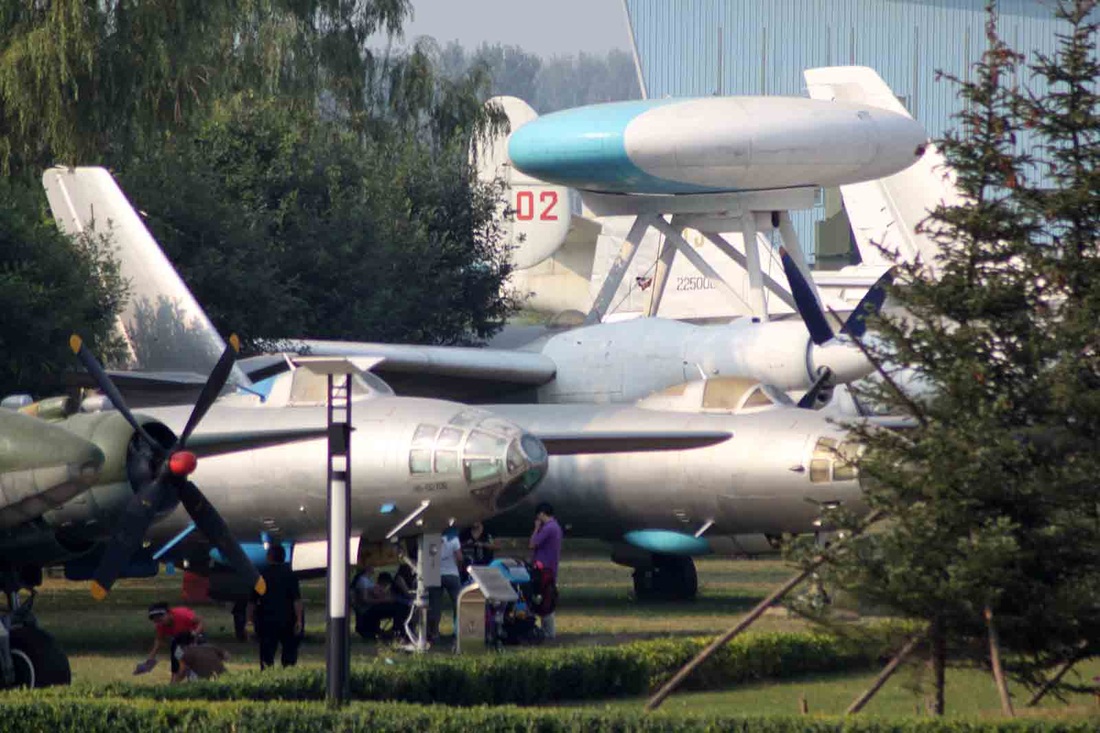
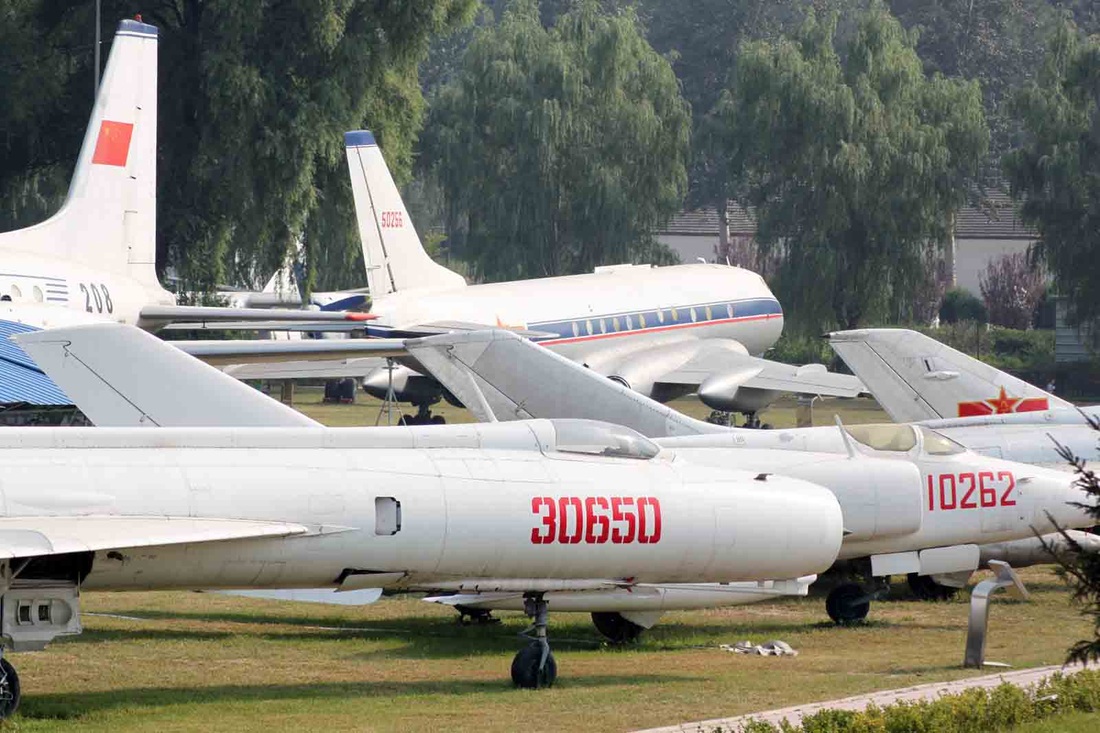
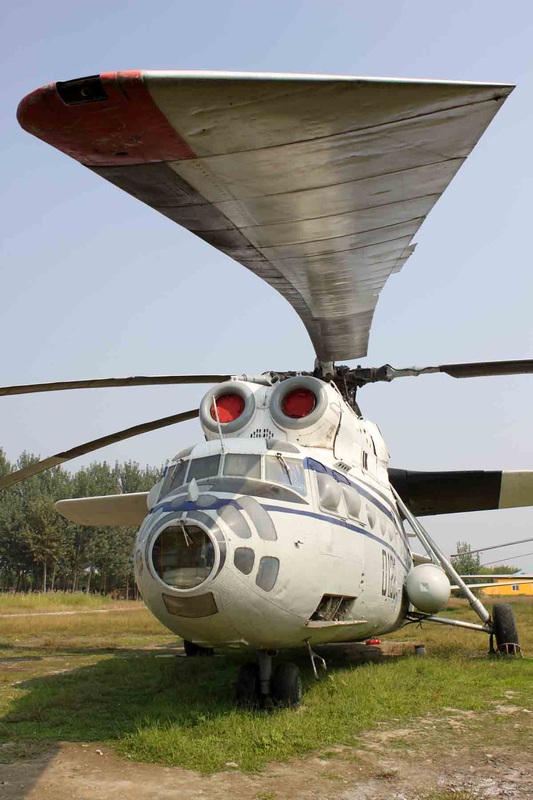
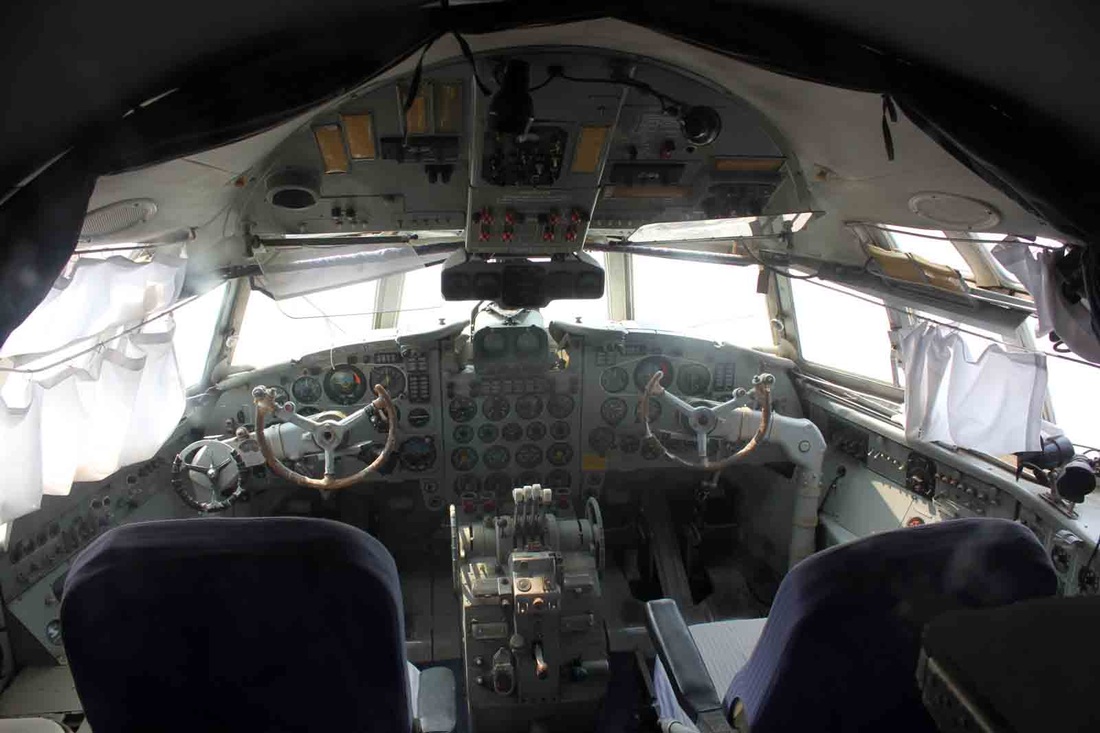
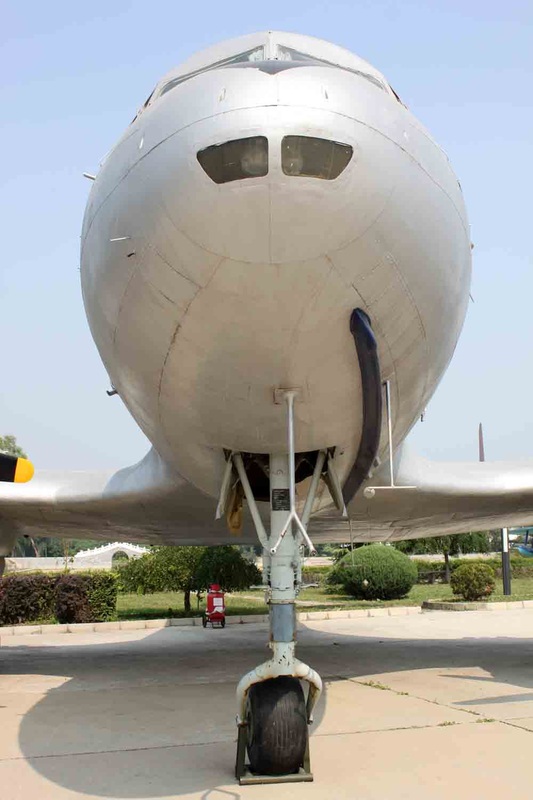
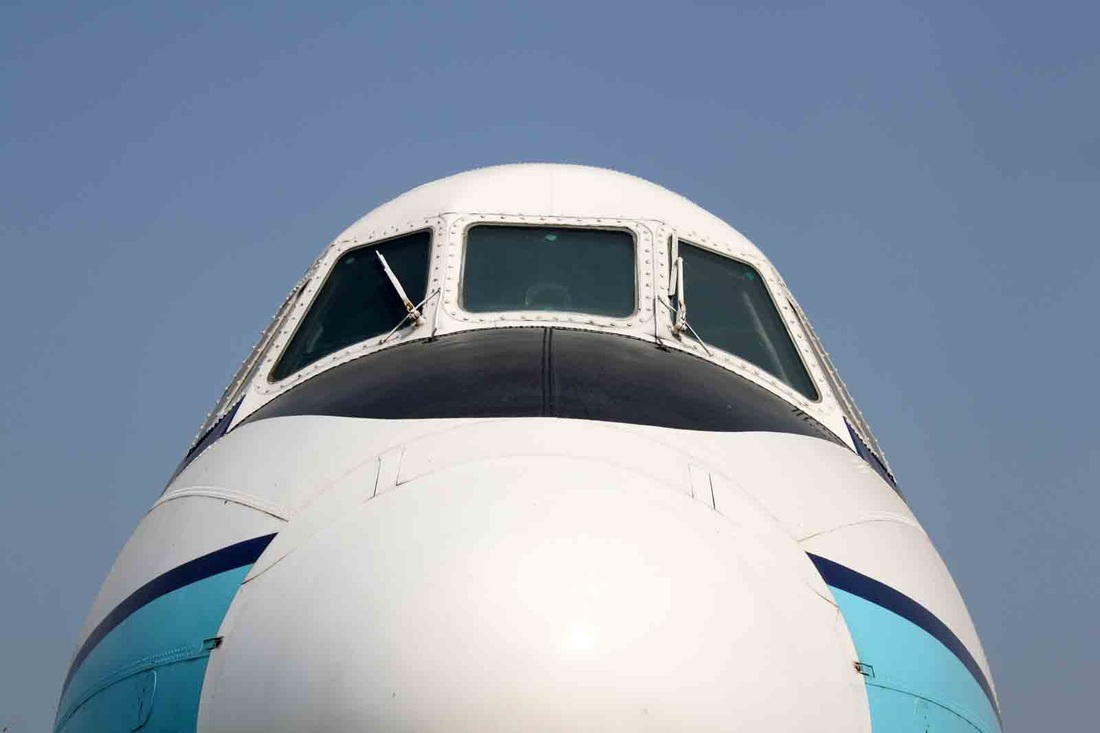
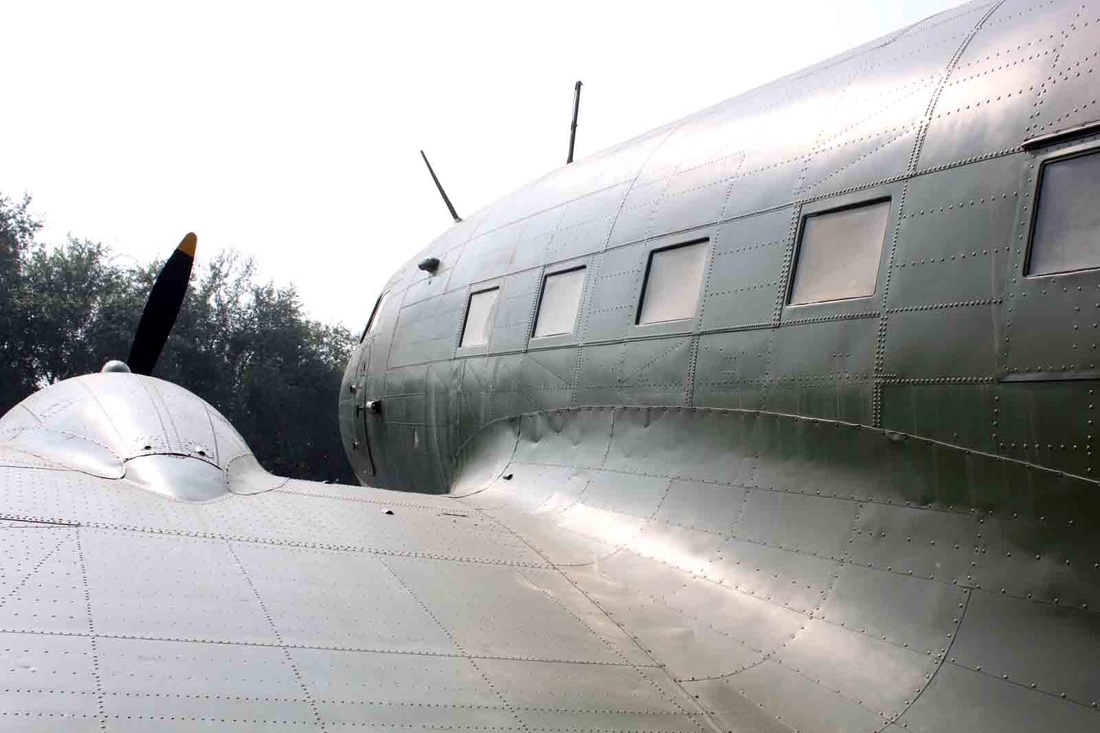
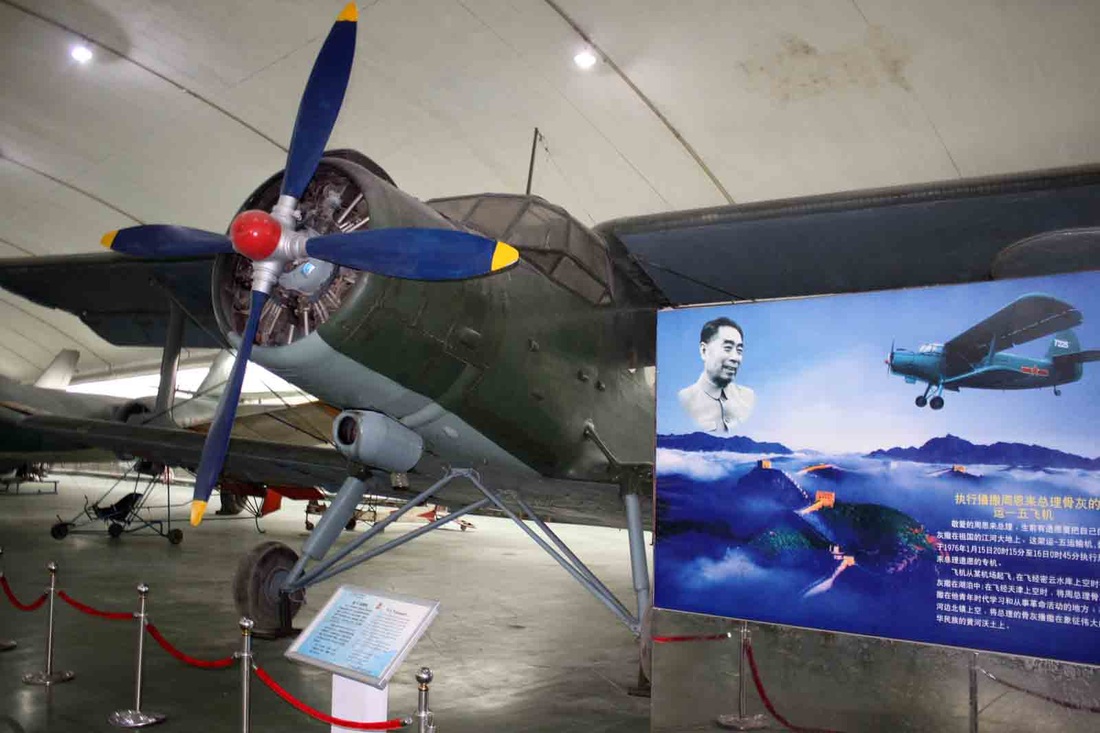
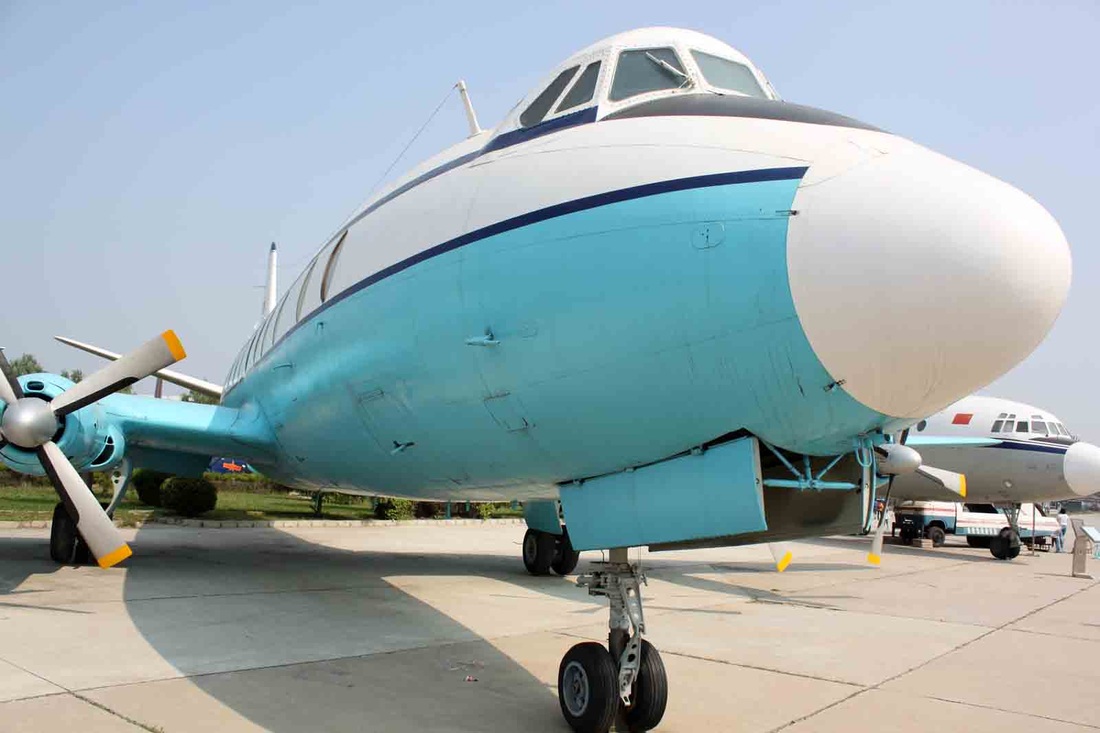
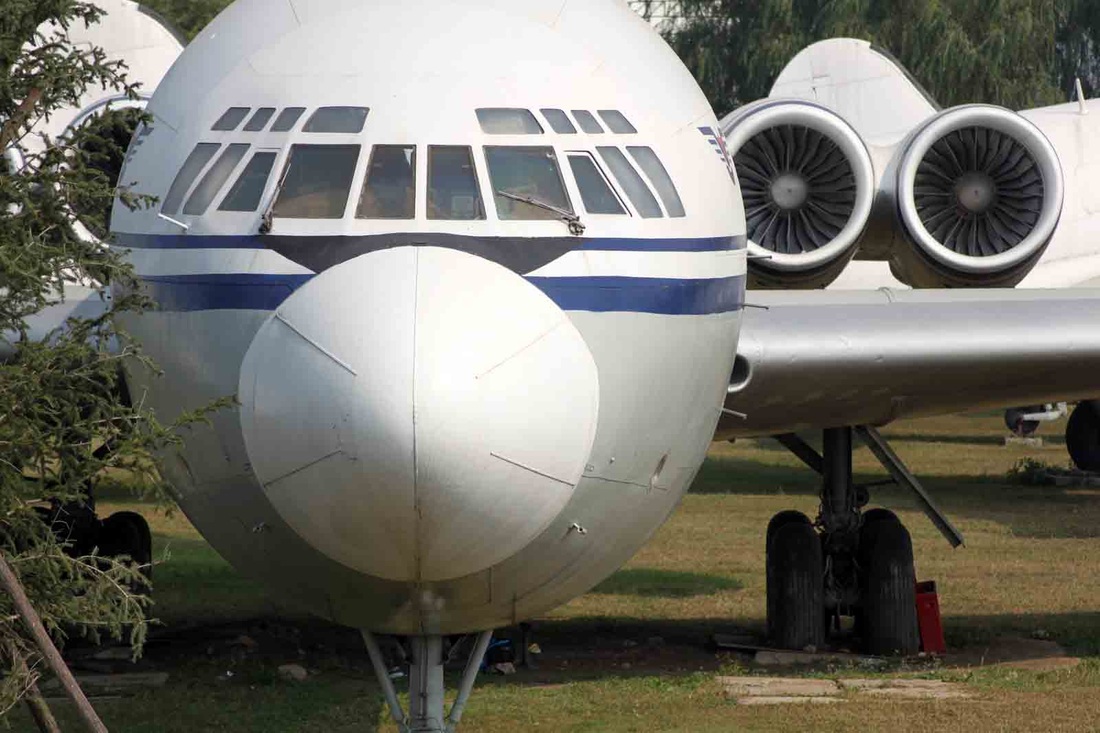
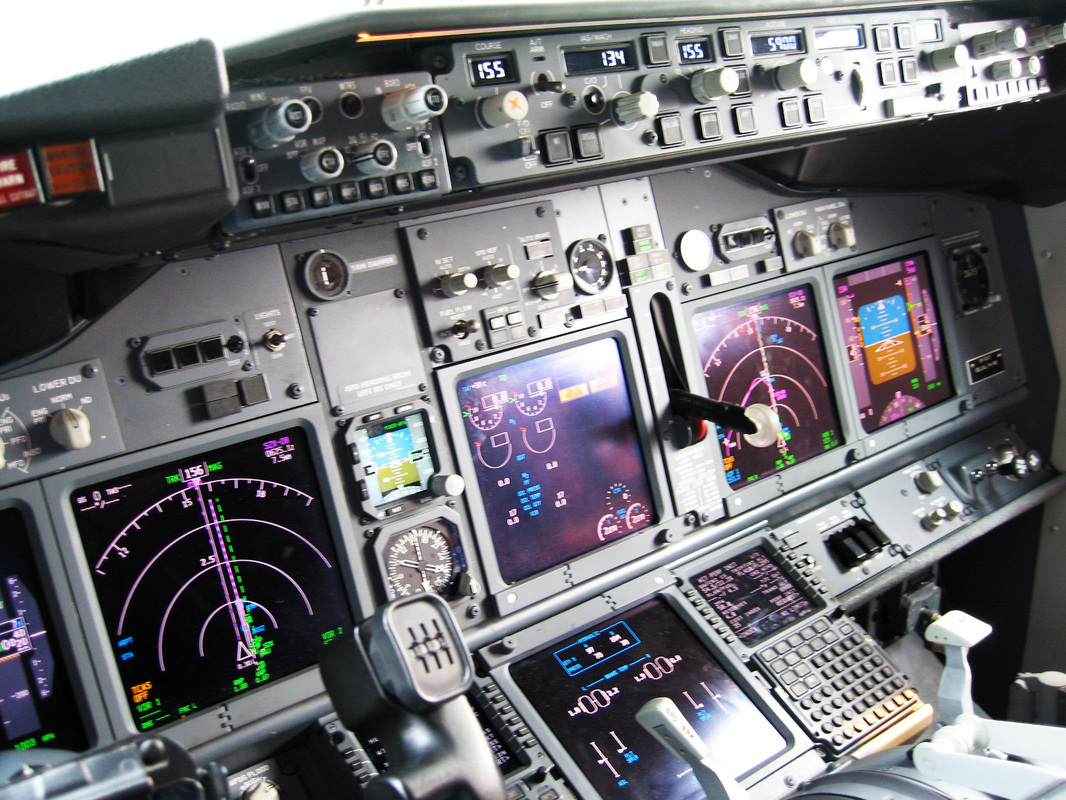
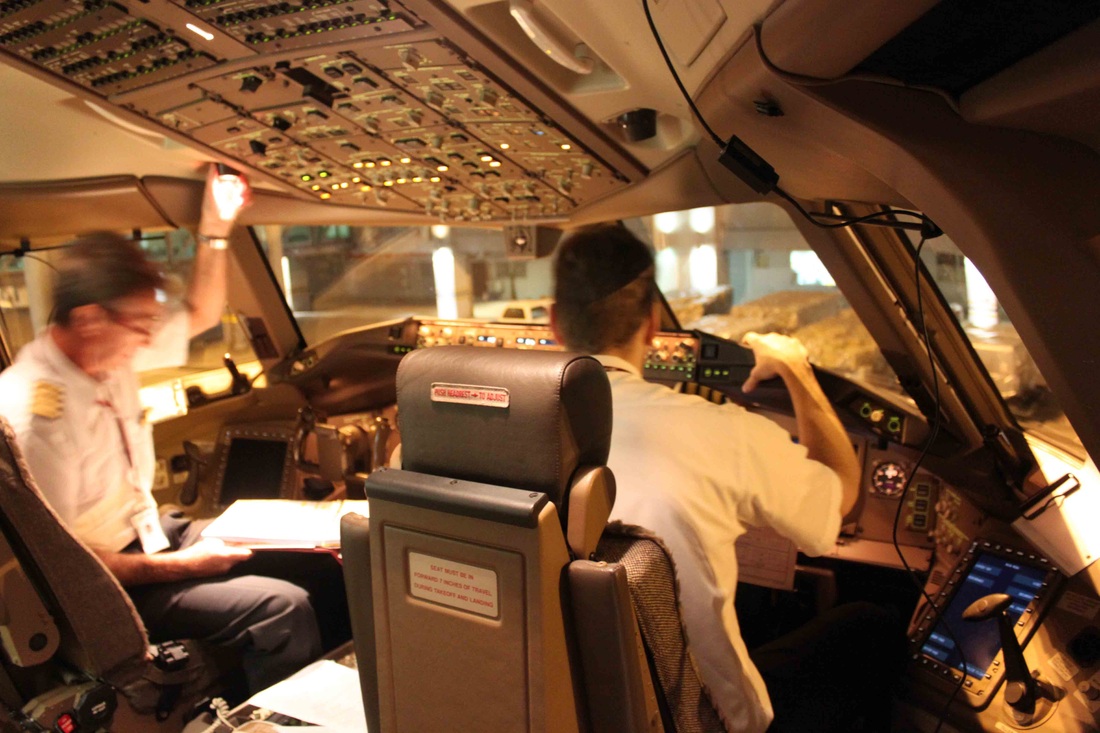
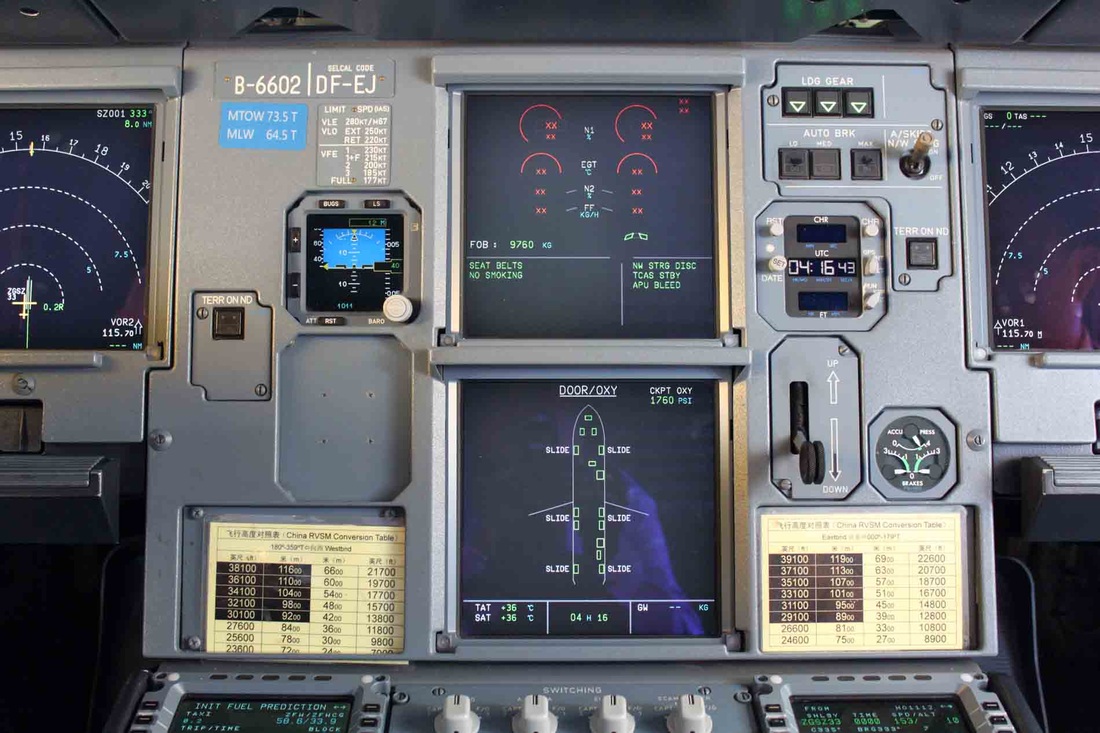
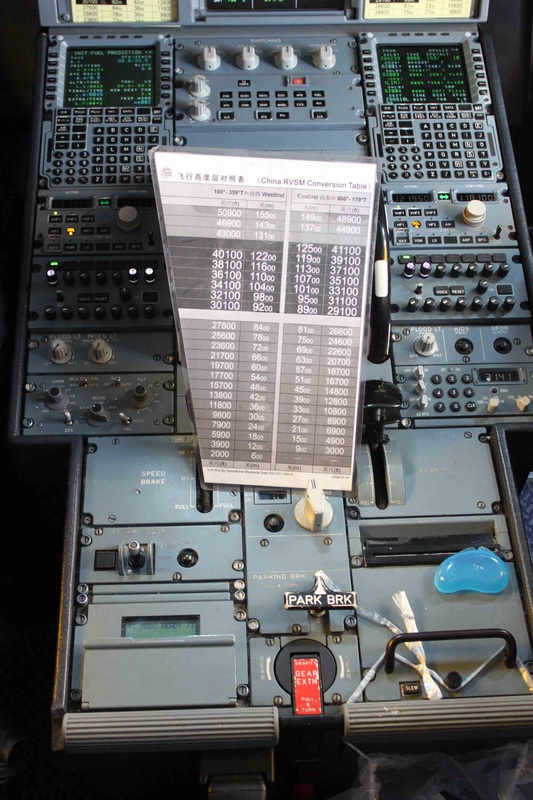
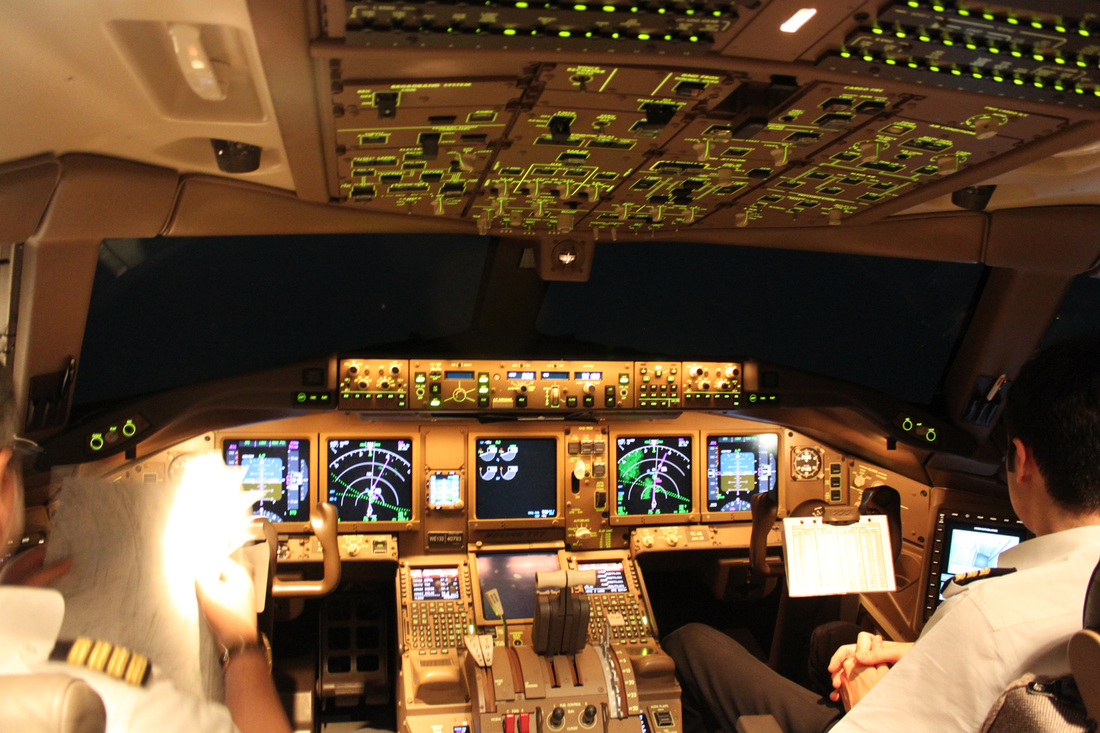
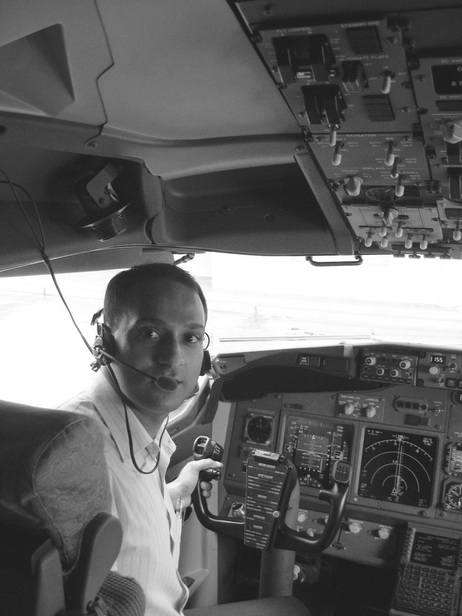
 RSS Feed
RSS Feed



